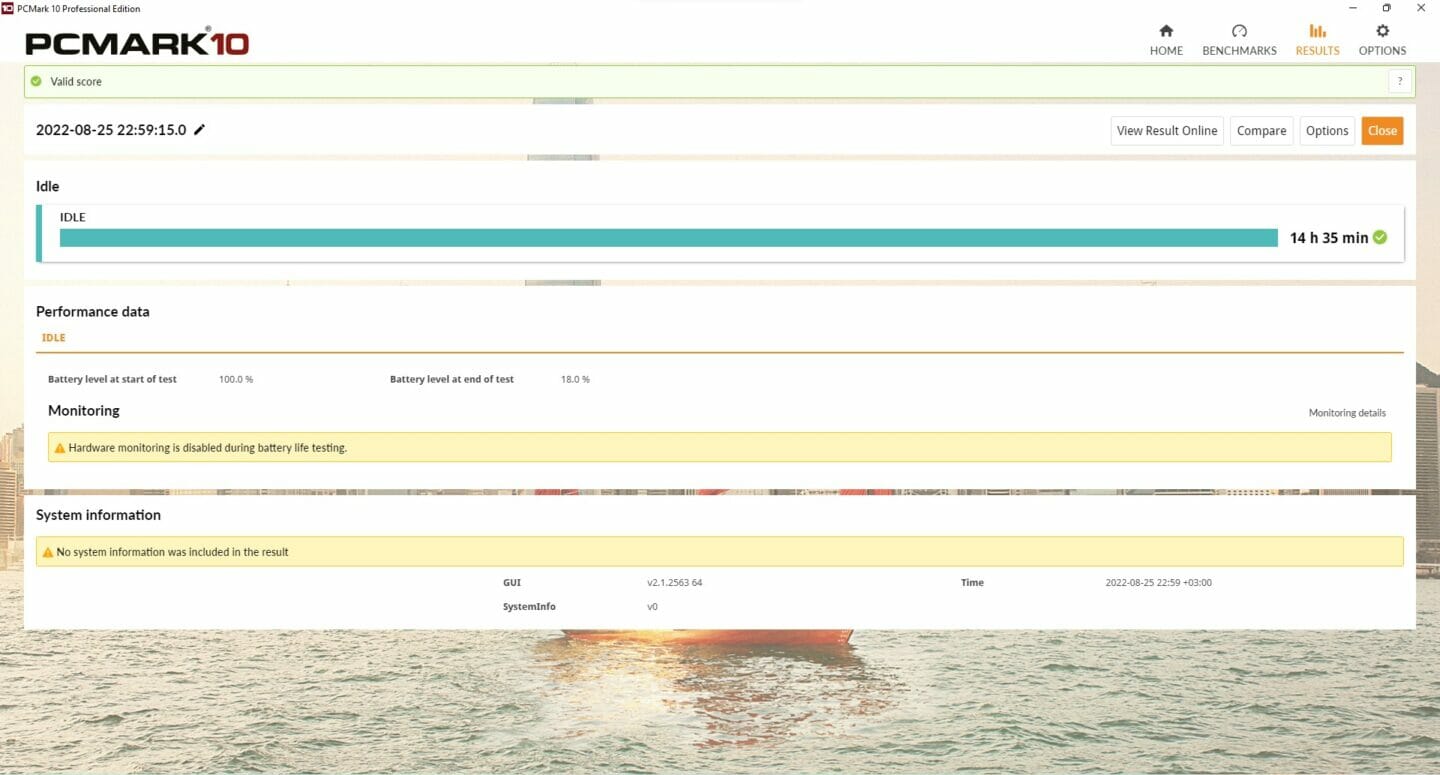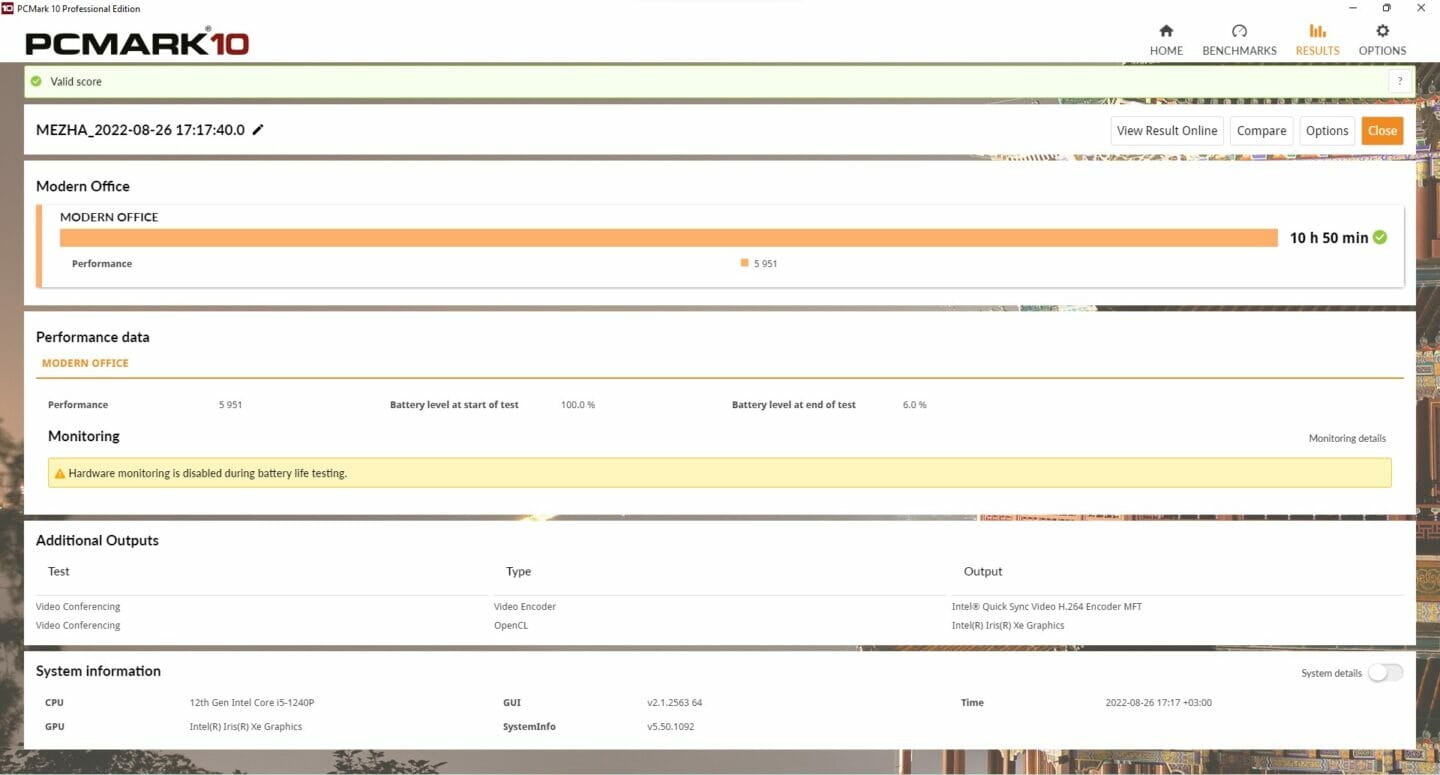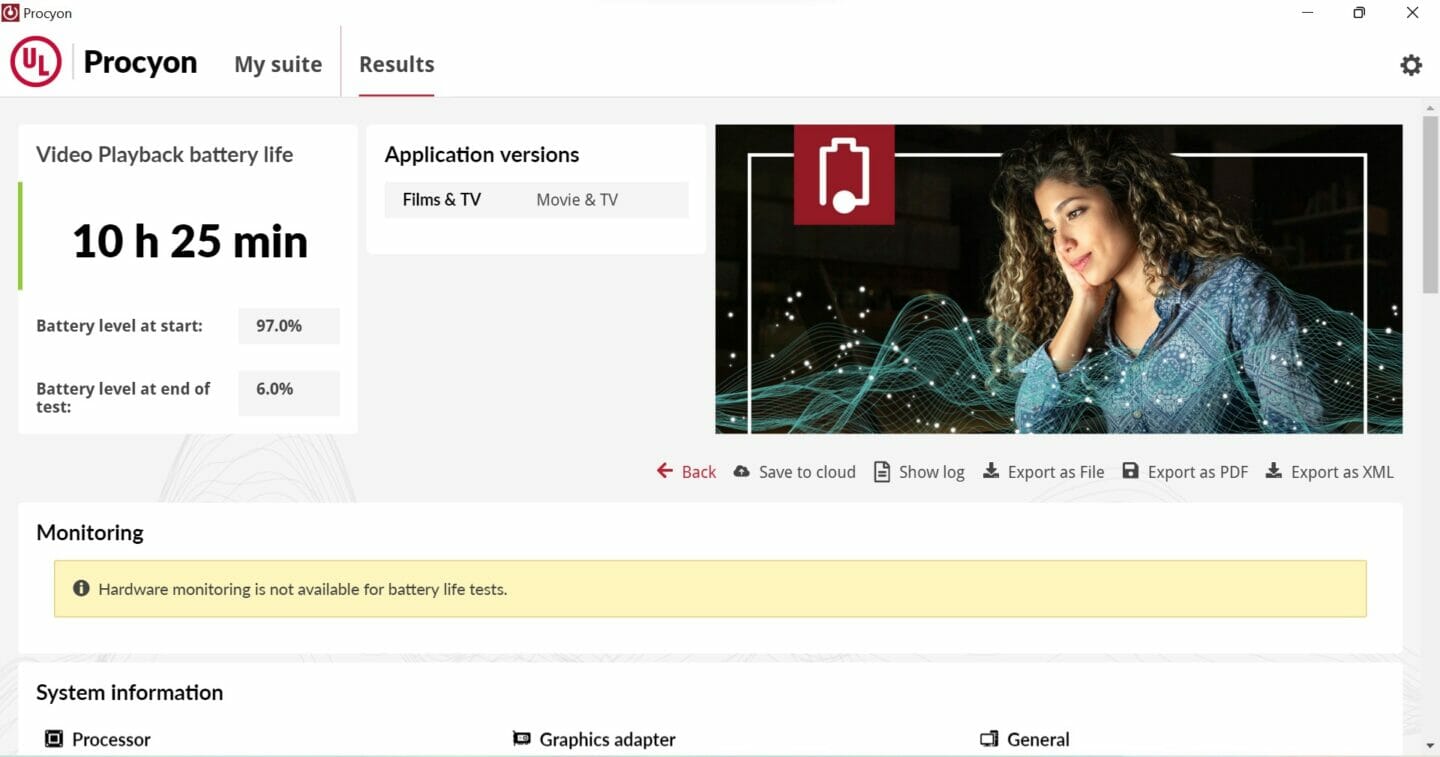Acer Swift 3 (SF314-512-50H7) laptop review • Mezha.Media
Acer Swift 3 SF314-512 – this year’s update of Acer Swift 3 series, a line of light and compact ultrabooks with a 14-inch screen. In the “swift” model range, this is an affordable series of laptops, slightly cheaper than the Acer Swift X, the last model of which we reviewed before.
Specifications
Model
Acer Swift 3 SF314-512-50H7
Display
IPS, 14″, Full HD resolution, 16:9 aspect ratio, 60 Hz refresh rate
Processor
Intel Core i5-1240P
RAM
16 GB LPDDR4X
Storage
1TB PCIe NVMe SSD
Graphics
Intel Iris Xe
Ports
2x USB 3.2, 2x USB-C with support for Thunderbolt 4 and Power Delivery, 3.5 mm combined jack, HDMI 2.1
Wireless module
Wi-Fi 6E (802.11ax) + Bluetooth 5.2
Camera
[email protected] fps
Audio
Built-in stereo speakers and microphone
Keyboard
Island type keys with white backlight
Battery and charging
56 W*h, 65 W PSU (20 V, 3.25 A)
Dimensions
32×21.1×1.64 cm
Weight
1.25 kg
Cost
from $800
Design and layout
Acer Swift 3 is very compact and light for a 14-inch model – its dimensions are 32×21.1×1.64 cm, and it weighs only 1.25 kg (150 g less than the last Acer Swift X) with an all-aluminum body, including the inner surface of the “base” around the keyboard. The model is offered in three color solutions — yellow, blue and silver; we received the last version for review.
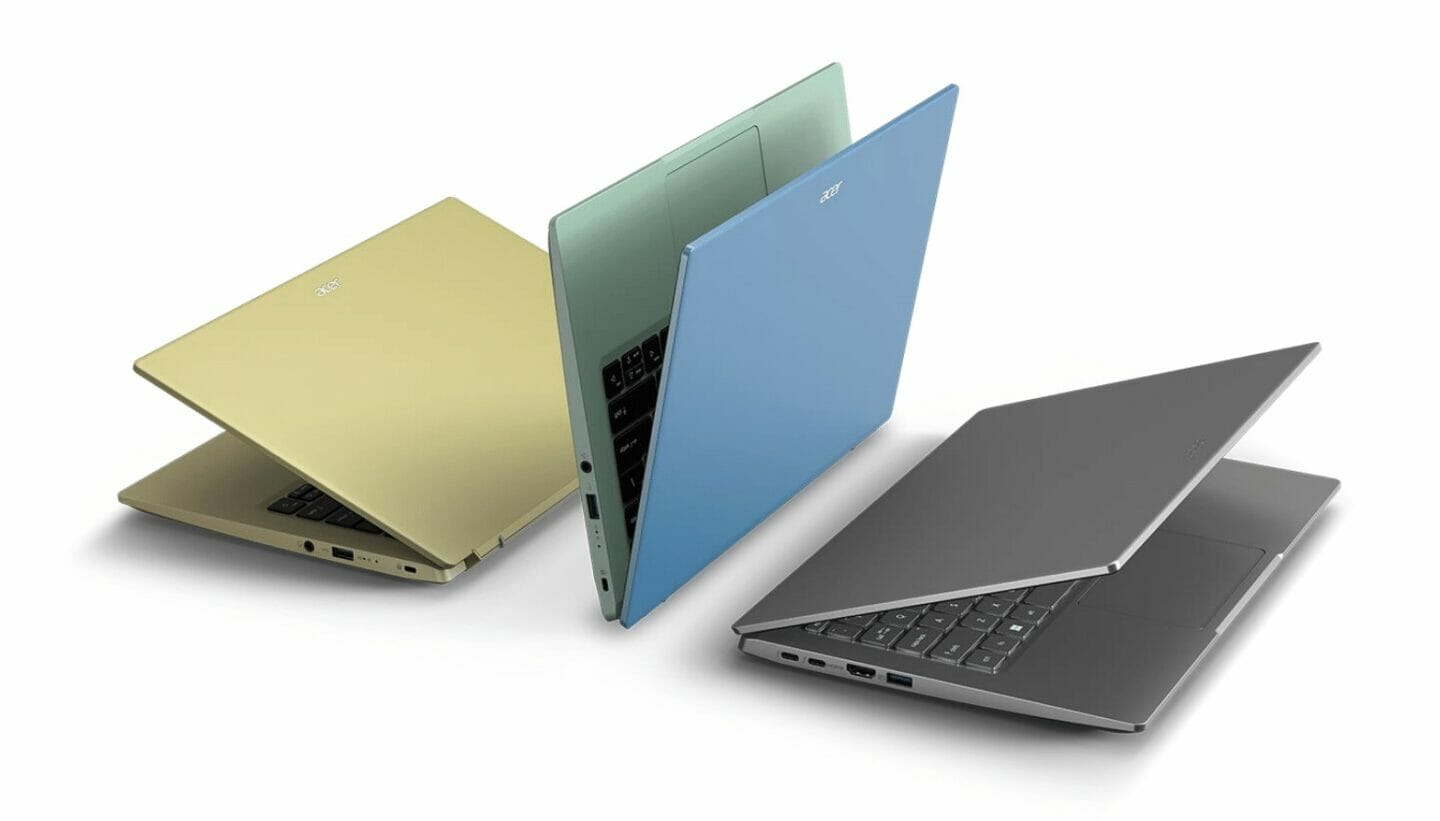
The frames around the screen are quite small – 5 mm on the sides and 9 mm on top; in general, the screen occupies 86% of the cover area. The case feels solid, it doesn’t bend or creak. It will not work to open the lid with one hand. The base must be held so that it does not come off the table; for relief, a special cutout is made on the lower side edge near the touchpad.

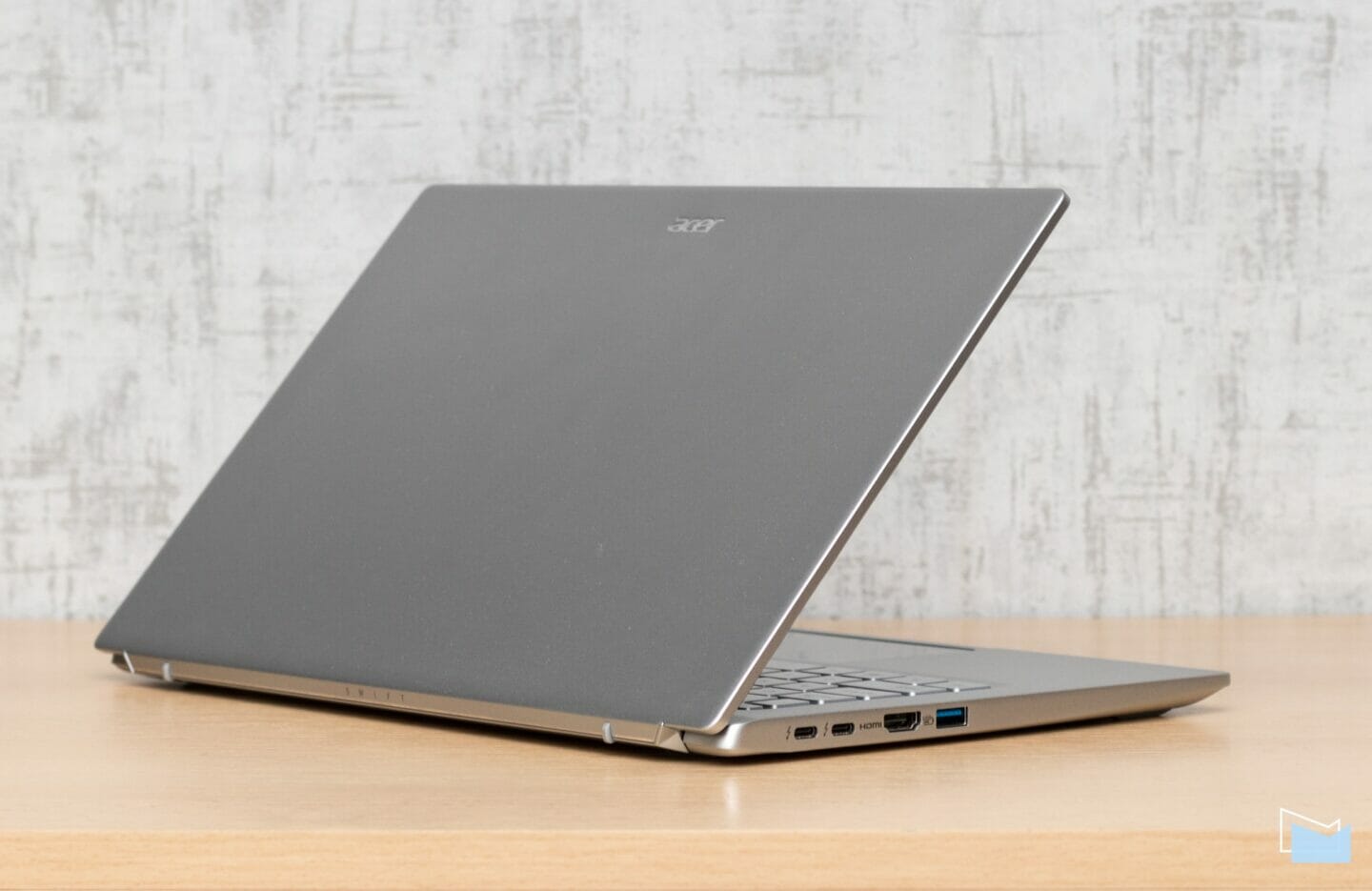
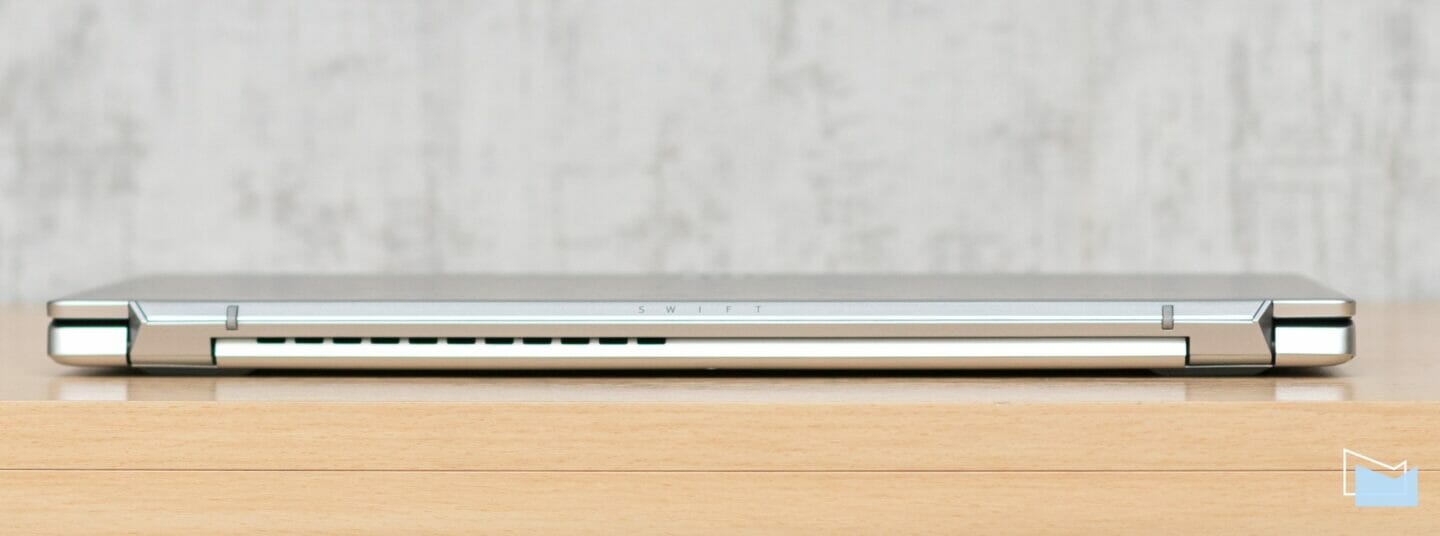



The maximum opening angle is approximately 135°, while the base rises slightly, which adds ergonomics to the keyboard. The hinge loops are quite tight, they fix the screen well in any position.

All interface connectors are located on the side panels: on the left, you can find two USB-C with Thunderbolt 4 support and charging, HDMI 2.1 video output, and full-size USB 3.2. On the right are a mini-jack for a headset, another USB 3.2 and a Kensington lock. Ventilation holes are located below and above the keyboard, so hot air does not cause discomfort when using the mouse.
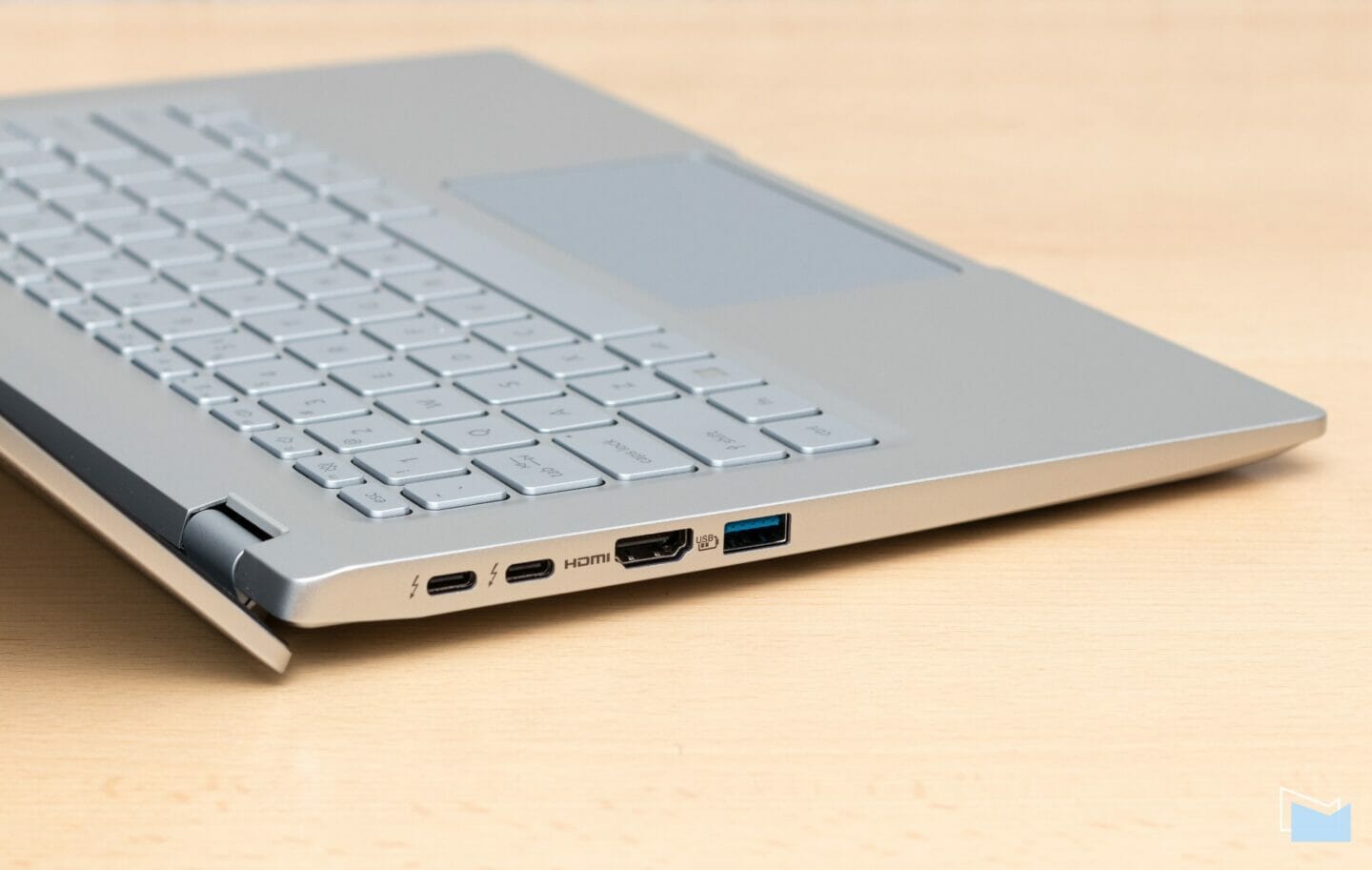
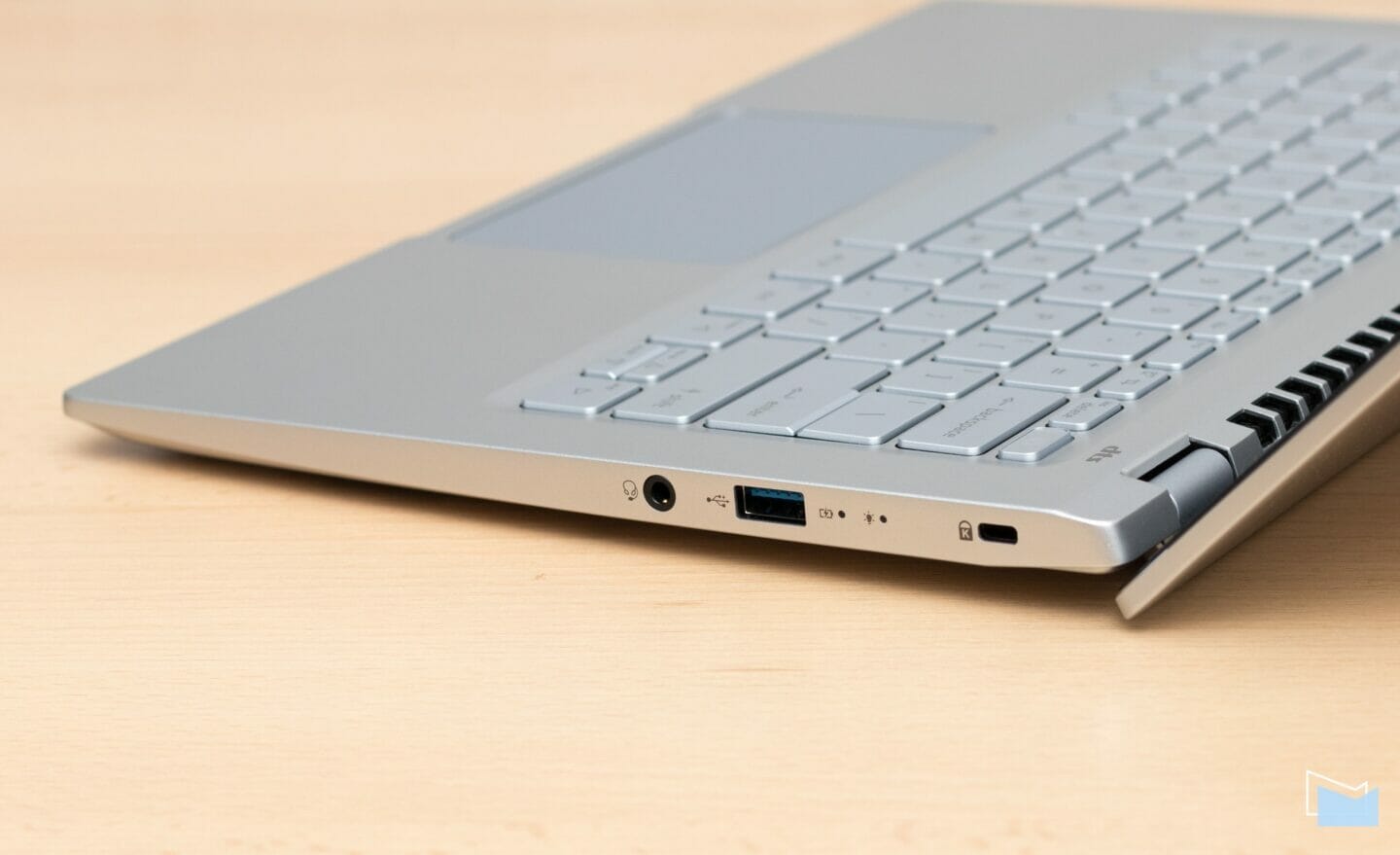
Keyboard, touchpad
Acer Swift 3 is equipped with an island-type keyboard with a typical laptop keystroke. The keyboard without an additional digital block is almost as wide as a regular desktop model (the difference does not exceed a couple of millimeters), so you won’t have to get used to the reduced size of the keys or the distance between them for typing blindly. During operation, the keyboard does not bend, it can be slightly bent only if you specially press on it with a fairly noticeable effort.
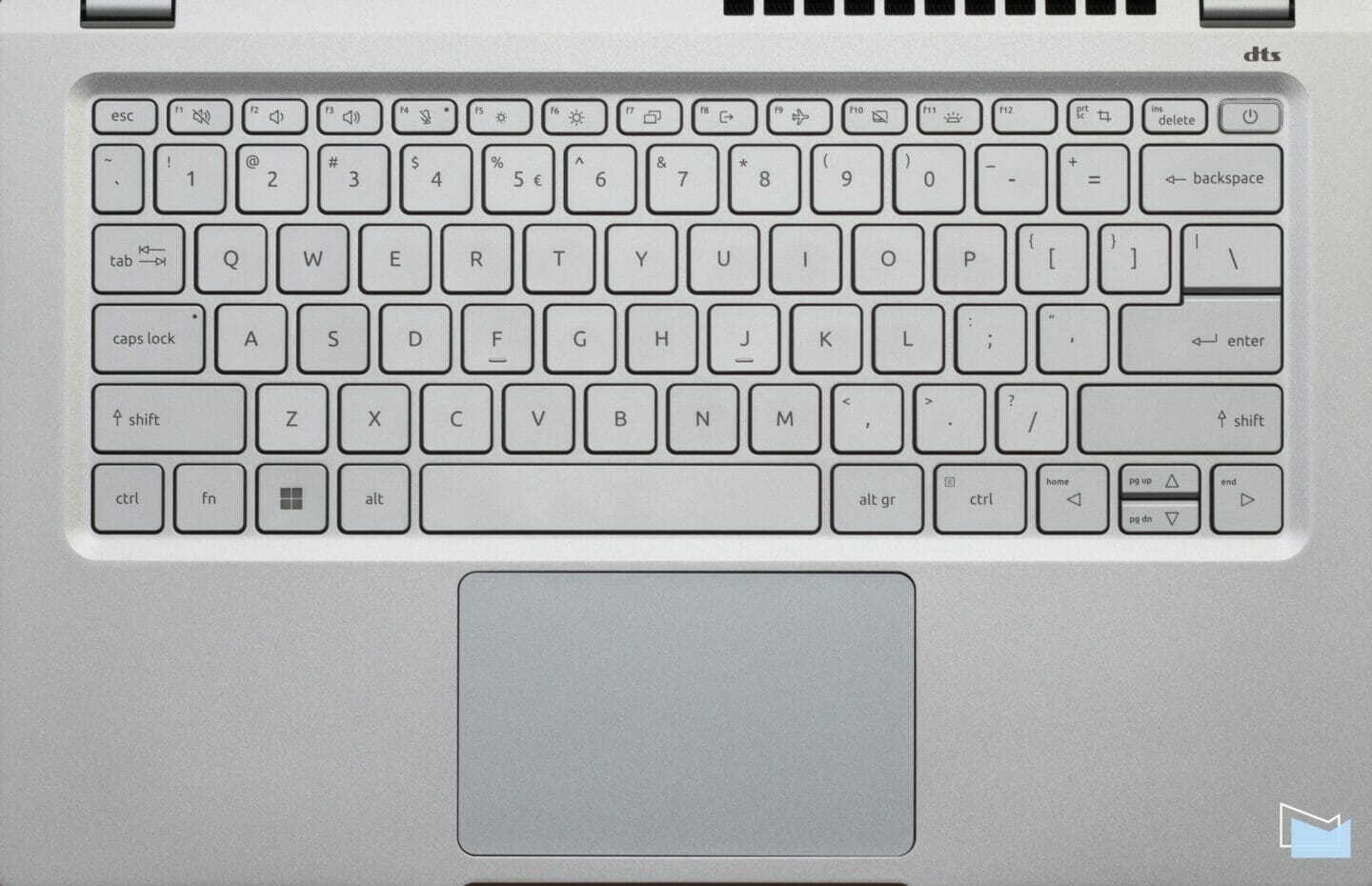
The layout is almost standard ANSI, with long left Shift and single-line Enter. The arrow control block is embedded in the main block, under the right Shift – for this they had to reduce the space and shift the right Alt and Ctrl to the left. The power button (with a built-in fingerprint scanner) is located in the upper right corner, in line with the top keys, just above Backspace. It is not recessed into the body, so it is quite possible to press it accidentally; to reduce the likelihood of this has a different shape of the cap, which can be felt to the touch.
The keys have a white backlight, with two levels of intensity and the possibility of complete shutdown. The backlighting is quite moderate even at maximum brightness and is not very noticeable on the silver keys – provided that there is enough background light, it is probably better to turn off the backlighting altogether, as dark characters will stand out better in this case.

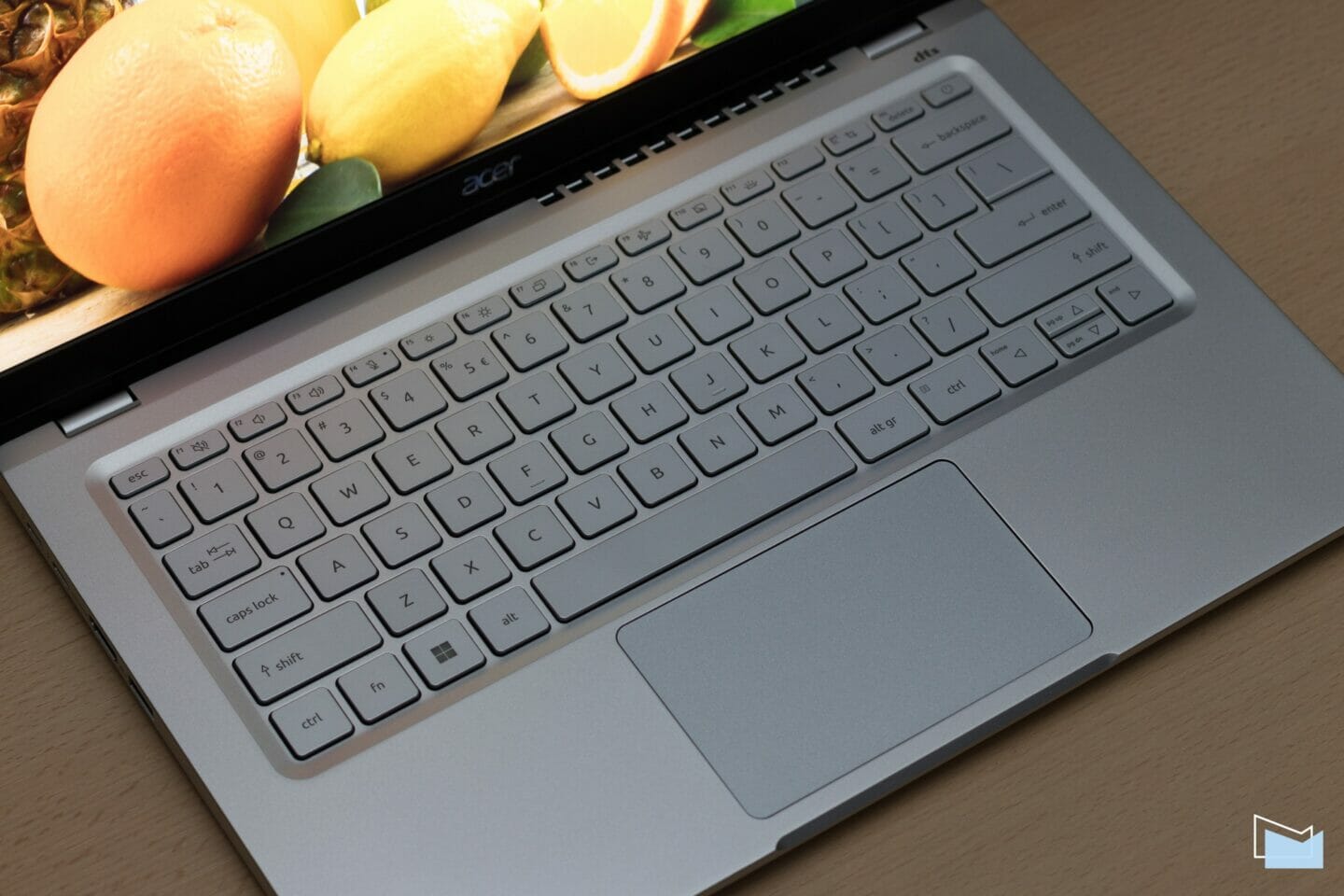
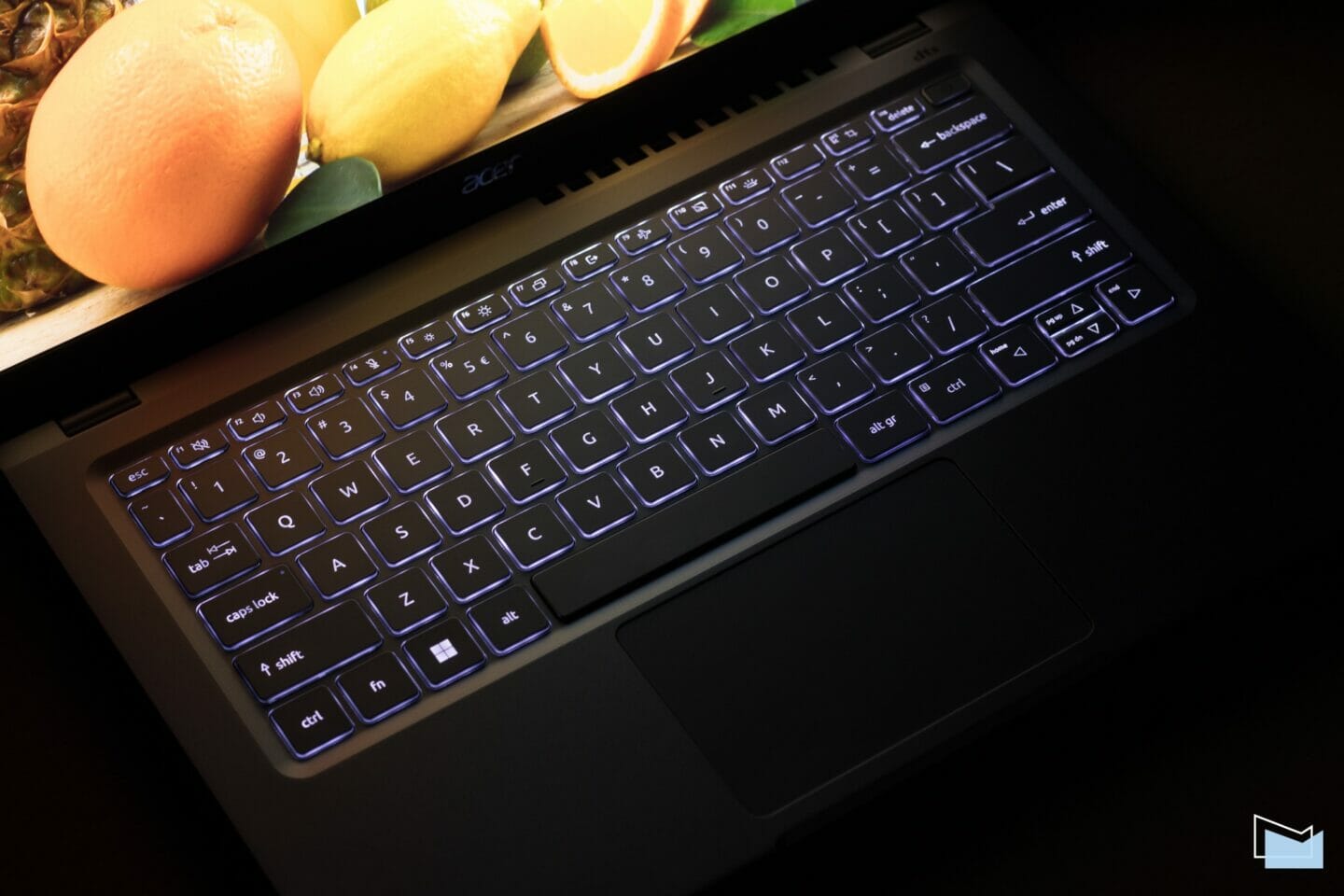
The medium-sized touchpad is 10.5×6.5 cm and is easy to use. It is “slippery” enough to comfortably use taps, swipes and other gestures, but the physical buttons at the bottom felt quite stiff and required some effort when pressed.
Screen
Acer Swift 3 SF314-512 uses a 14-inch IPS panel manufactured by AU Optronics (B140HAN06.2). The resolution is Full HD, the aspect ratio is 16:9, the density of points is 158 PPI, the refresh rate is standard, 60 Hz. The line also includes models with a resolution of 2560×1440 pixels.
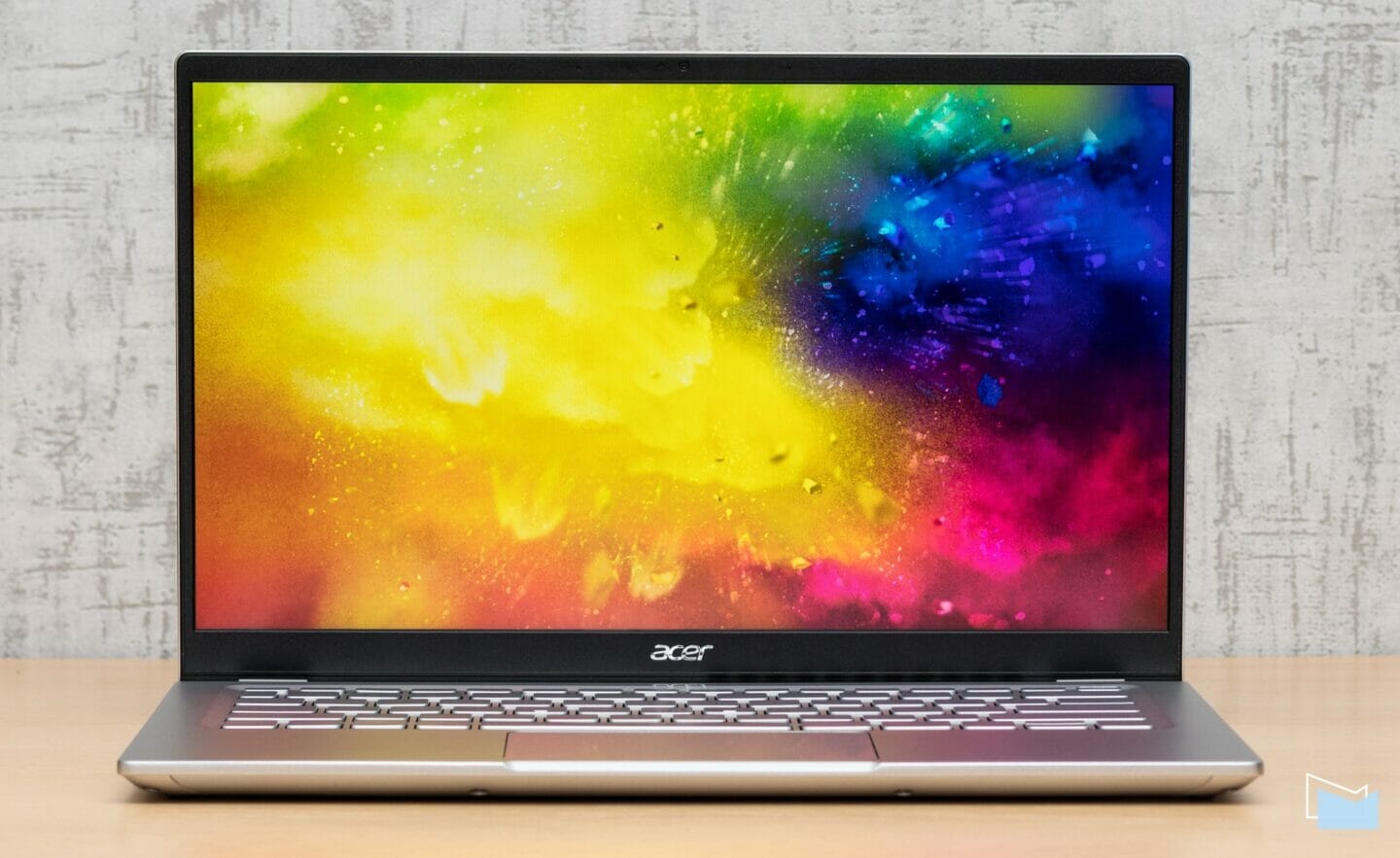
The color coverage of the screen is standard — 98% sRGB (76% Adobe RGB, 76% DCI-P3). The gamma value almost perfectly corresponds to the standard 2.2 over the entire brightness range, which gives a balanced saturation of the image. The brightness is adjustable in the range from 19 to 325 cd/m², which will be quite enough for work both in complete darkness and in strong office lighting.
The maximum static contrast ratio reaches 1440:1, which is an excellent result for a laptop IPS panel. The color temperature over the entire brightness range is almost unchanged and exactly corresponds to the standard 6500K (only at maximum brightness it rises slightly to 6600K).
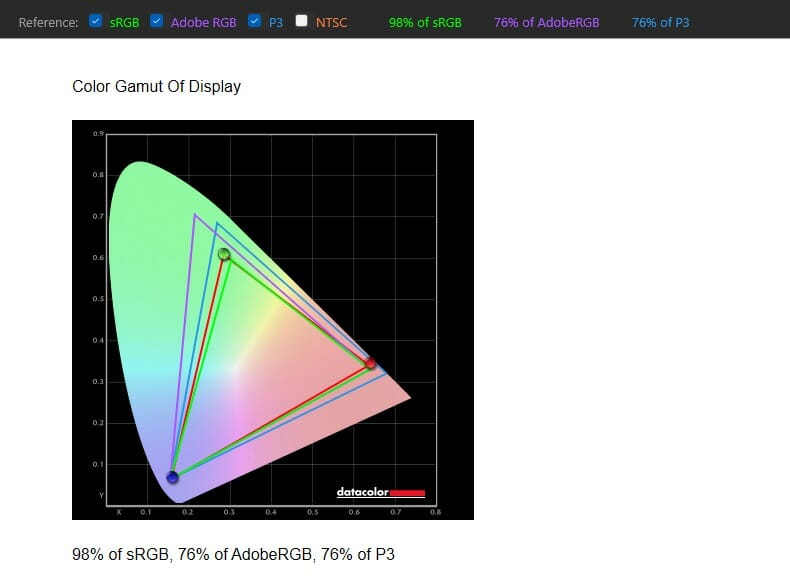
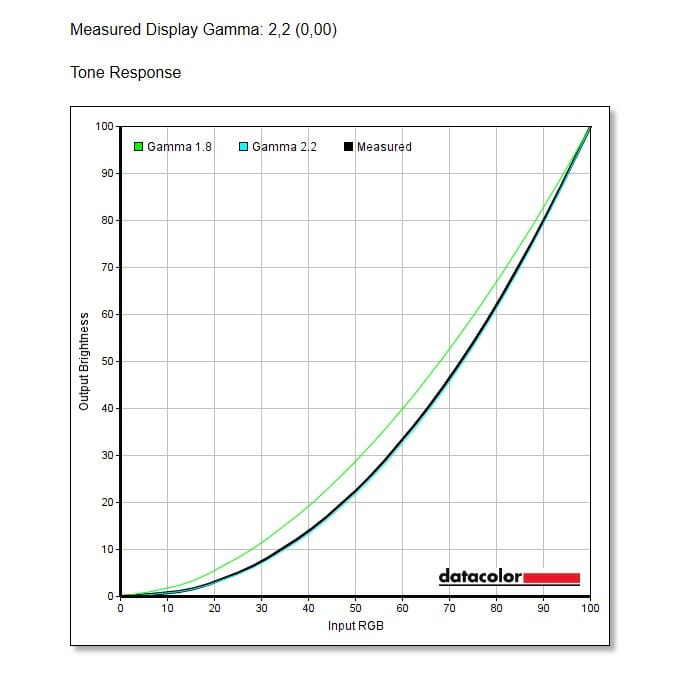

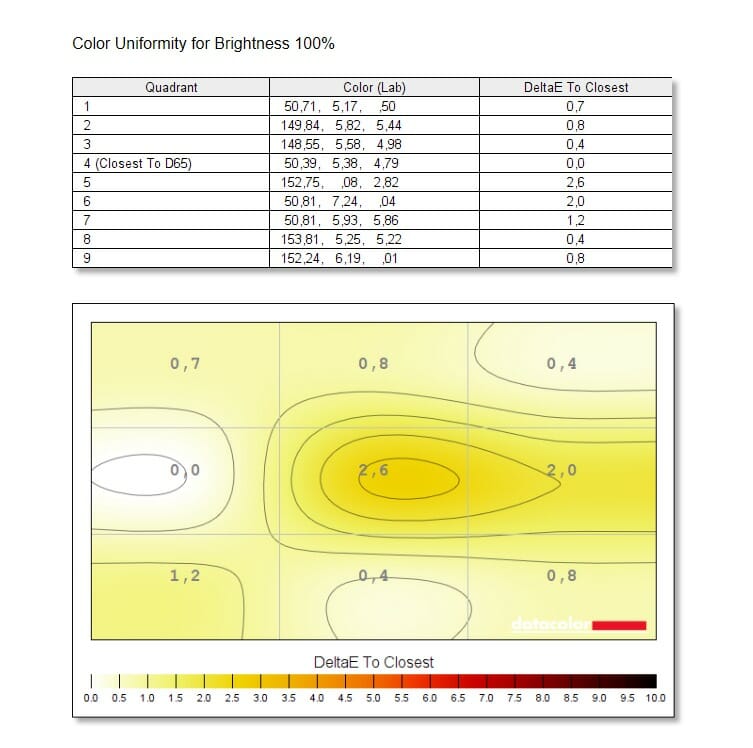
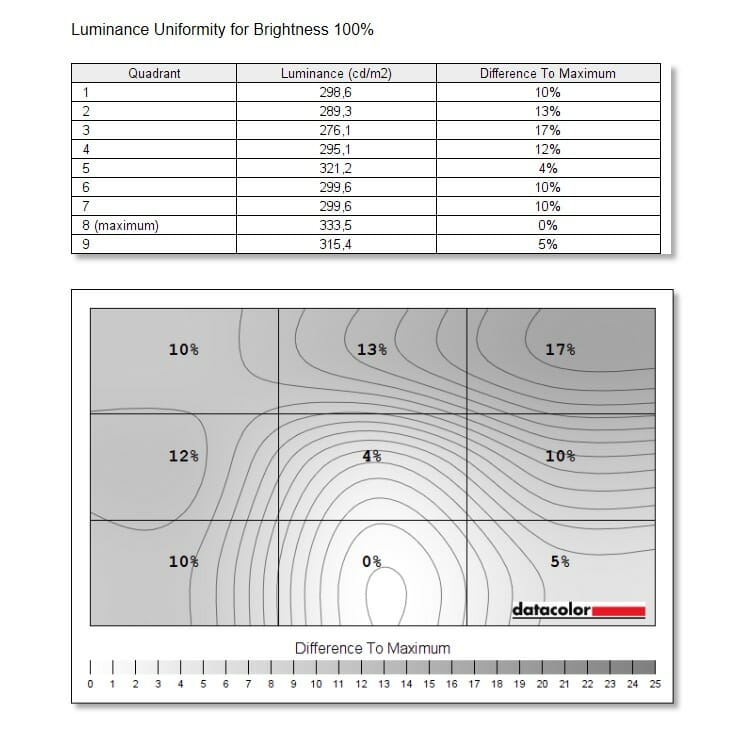
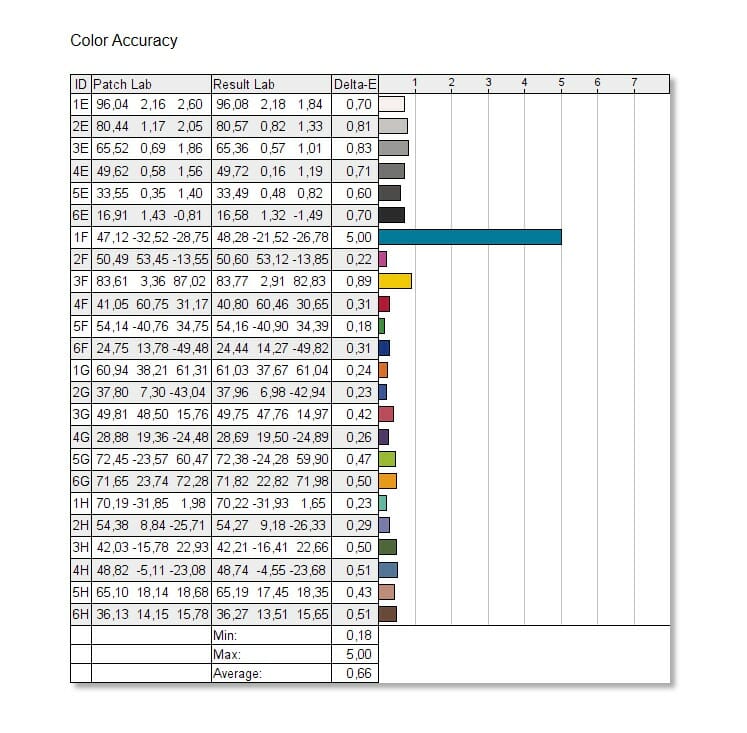
Color temperature uniformity across the screen is also excellent — the maximum difference is only 2.6%. But the uniformity of the brightness is mediocre — the difference between the bottom part of the screen (the brightest zone) and the upper right corner (the darkest) is 17%. However, for a thin display, such uneven lighting is quite typical.
Color accuracy is also very high with an average ΔE of 0.5, which is significantly better than even a typical factory calibration of the screens, for which this indicator should usually not be higher than 2 (the only color that “stands out” from the overall picture is explained by the nuances of the test colorimeter).
When looking from the side, the brightness does not decrease very much, and the image acquires a slightly cooler shade, but overall the quality remains at a very decent level.

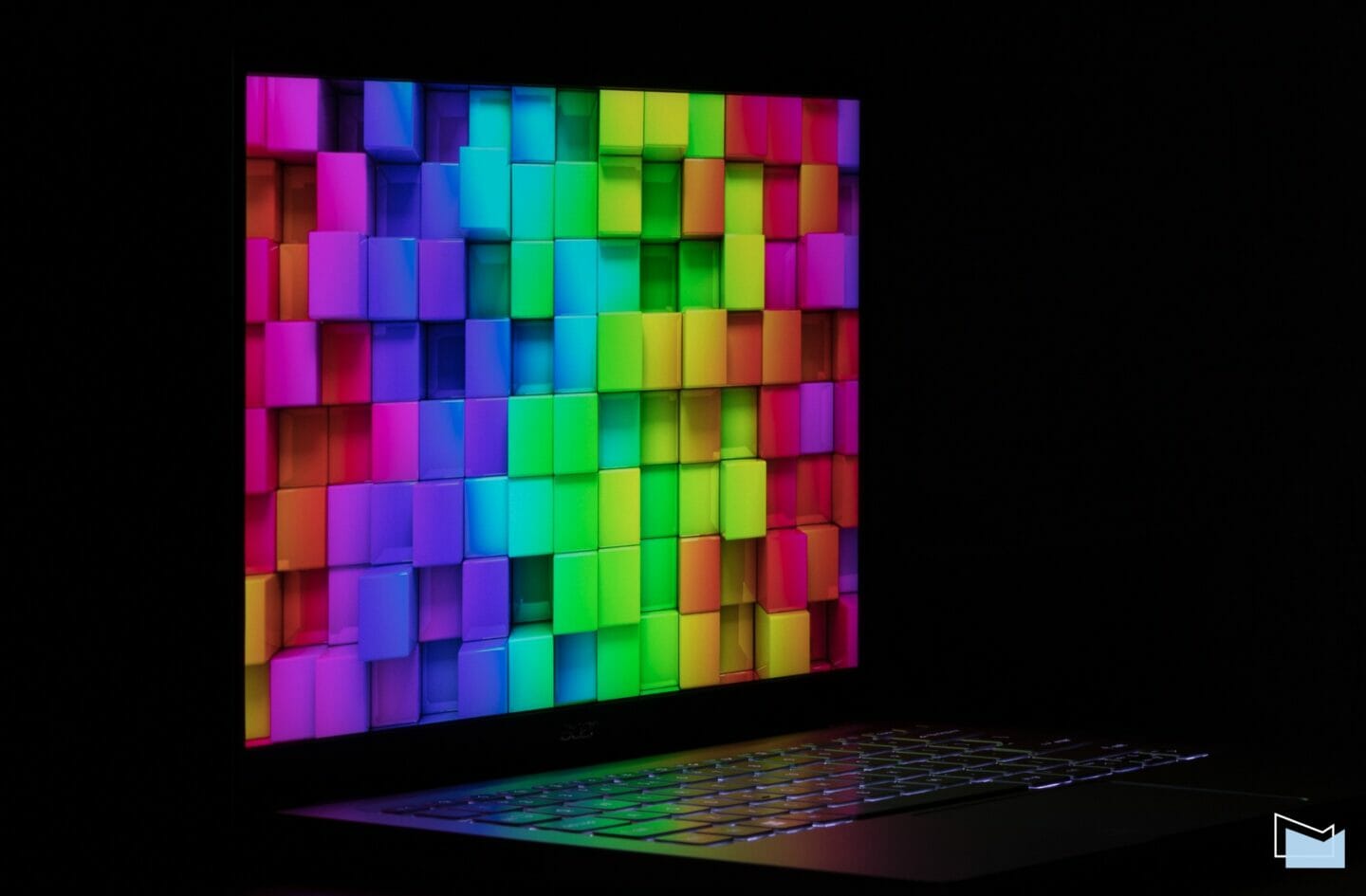

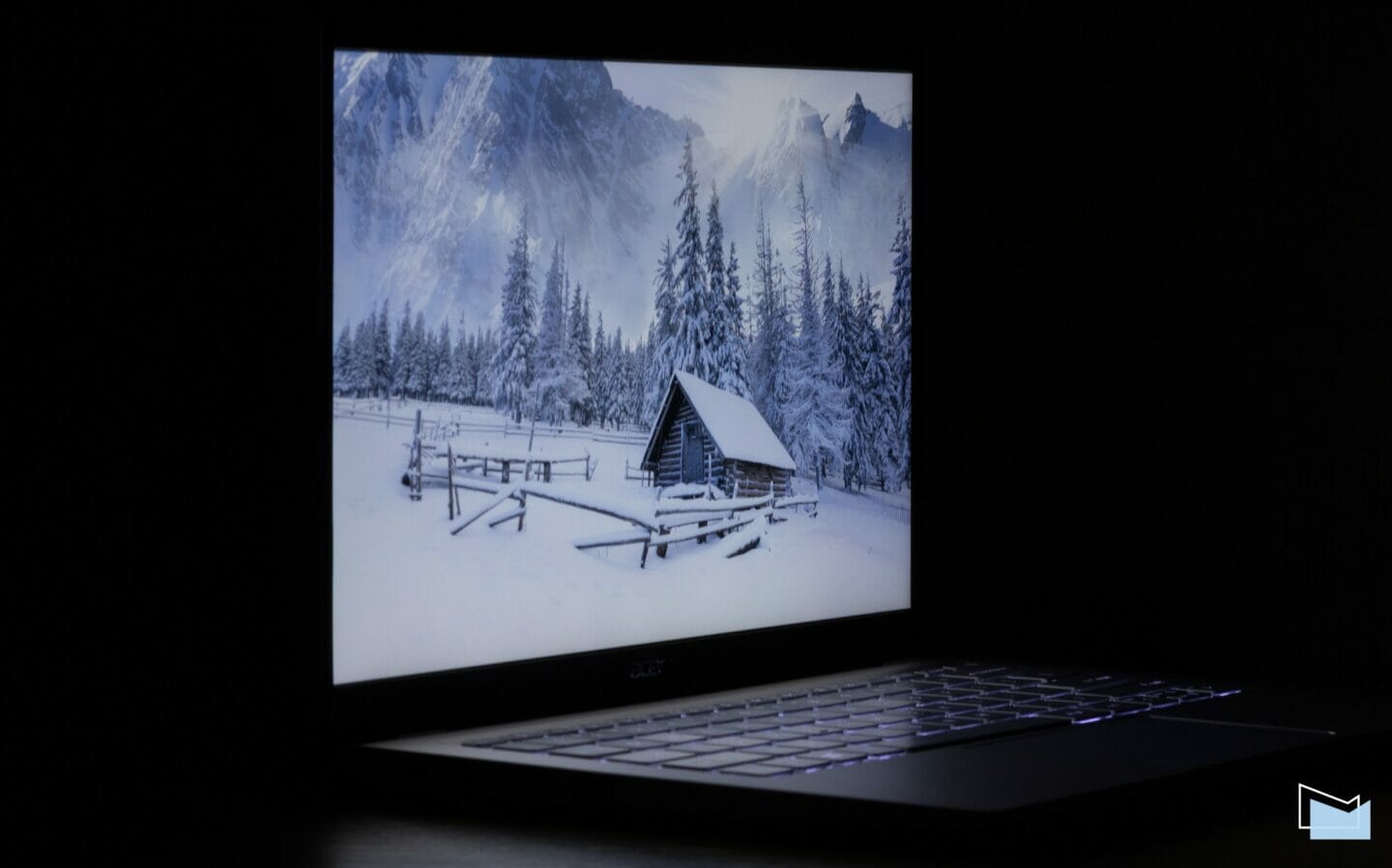
Hardware platform
The Acer Swift 3 SF314-512 model range uses Intel 12th generation processors – Intel Core i5-1240P or Intel Core i7-1260P (just like this year’s Acer Swift X line); the first option is installed in the model that came to us for review. But unlike the Swift X, there are no models with a discrete video card in the Swift 3 SF314-512 line.

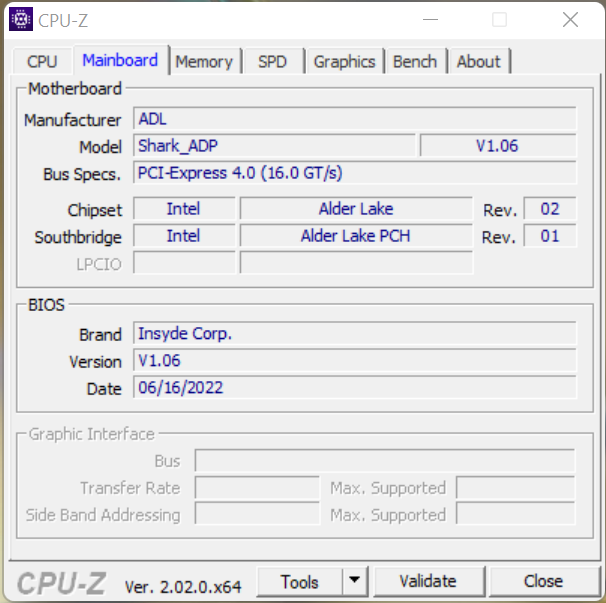
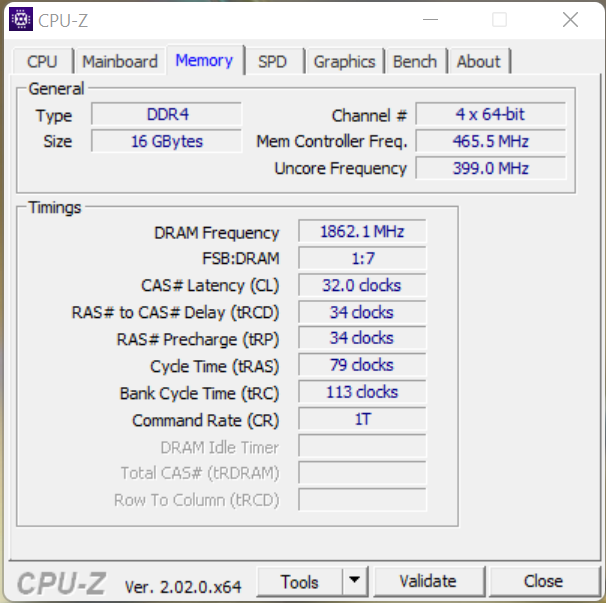
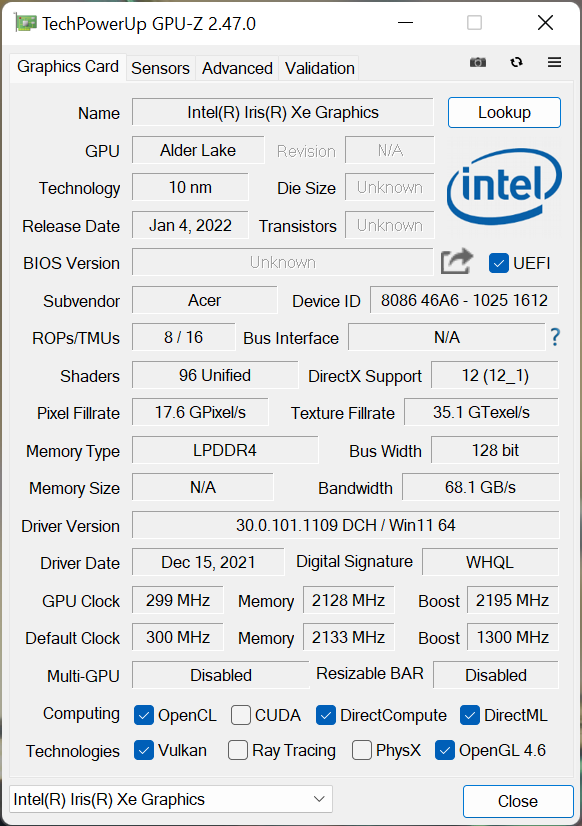
Intel Core i5-1240P is a 12-core mid-range processor of the Alder Lake-P family, designed specifically for ultra-thin laptops and introduced in early 2022. It uses big.LITTLE technology: the i5-1240P contains four productive cores of the Golden Cove architecture and 8 energy-efficient cores of the Gracemont architecture. Performance cores support Hyper-Threading, so the processor can process 16 threads simultaneously. The i5-1240P is manufactured using a 10nm process, with a typical processor TDP of 28W. Performance cores can run at frequencies of 1.7-4.4 GHz, while efficient ones run at 1.2-3.3 GHz. The processor has integrated Iris Xe graphics with 80 computing units, which operates at a frequency of 1300 MHz.
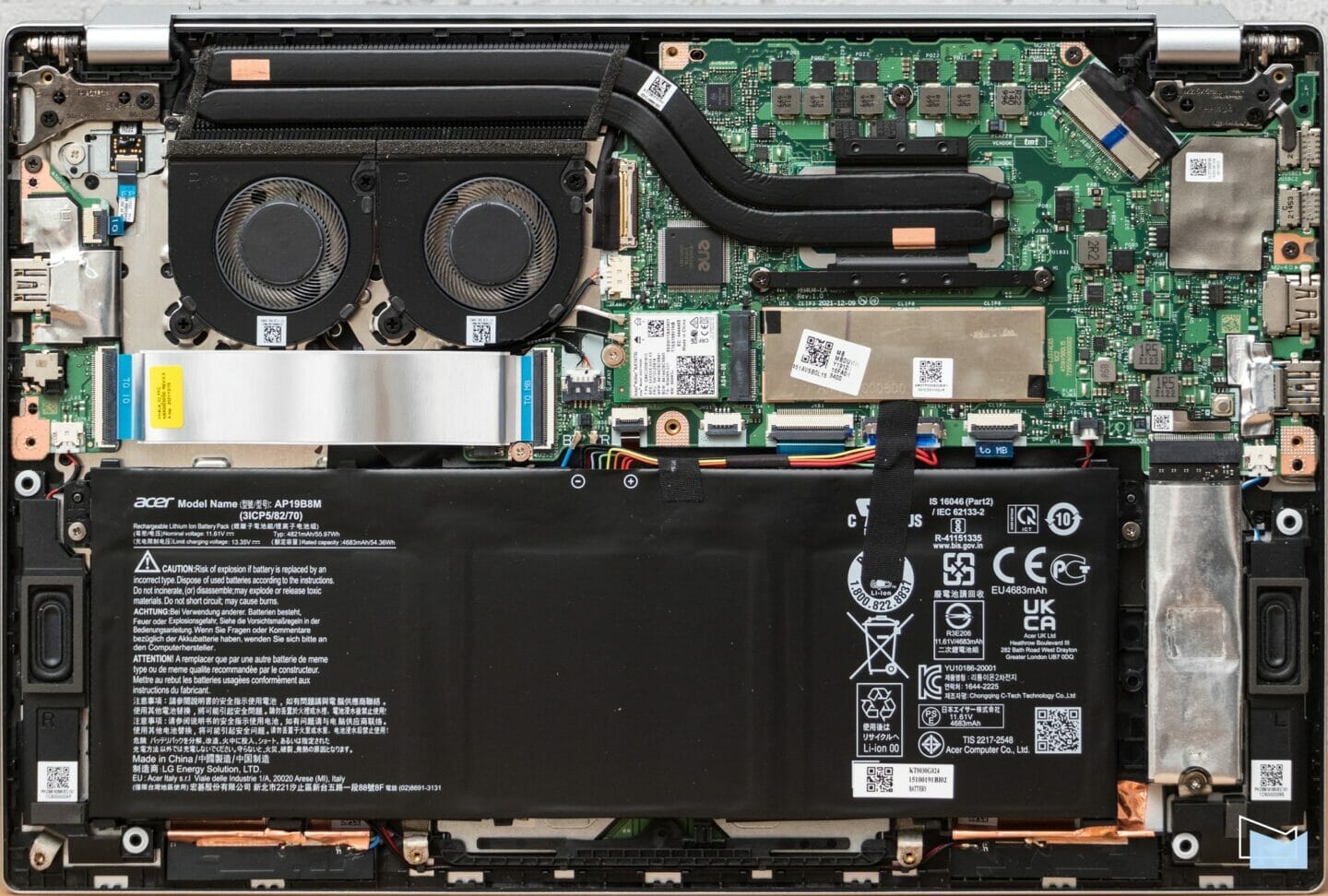
The RAM is soldered on the board, so there is no way to add more capacity. In the current configuration, the laptop is equipped with 16 GB of LPDDR4X operating in dual-channel mode (an 8 GB version is also possible). The official website offers models with SSD drives with a capacity of 512 GB or 1 TB (in our case, there was the second option); the board has two M.2 SSD slots, which allows you to increase the capacity up to 2 TB if desired. Wi-Fi 6E AX211 (Intel Killer AX1675i) + Bluetooth 5.2 module is responsible for wireless communication.
Acer Swift 3 performance
The Intel Core i5-1240P demonstrates high performance in various tasks, and in complex synthetic benchmarks it is significantly ahead of Intel i5 and i7 processors of the 11th generation with a thermal package of 35 W. Note that the Acer Swift 3 is slightly inferior to the Acer Swift X with the same processor in comprehensive “synthetics”, but not fundamentally and not in all modes. NVMe SSD WD SN735 SDBPNHH-1T00-1014 shows quite decent indicators: read speed of 3600 MB/s, write speed of 2800 MB/s.
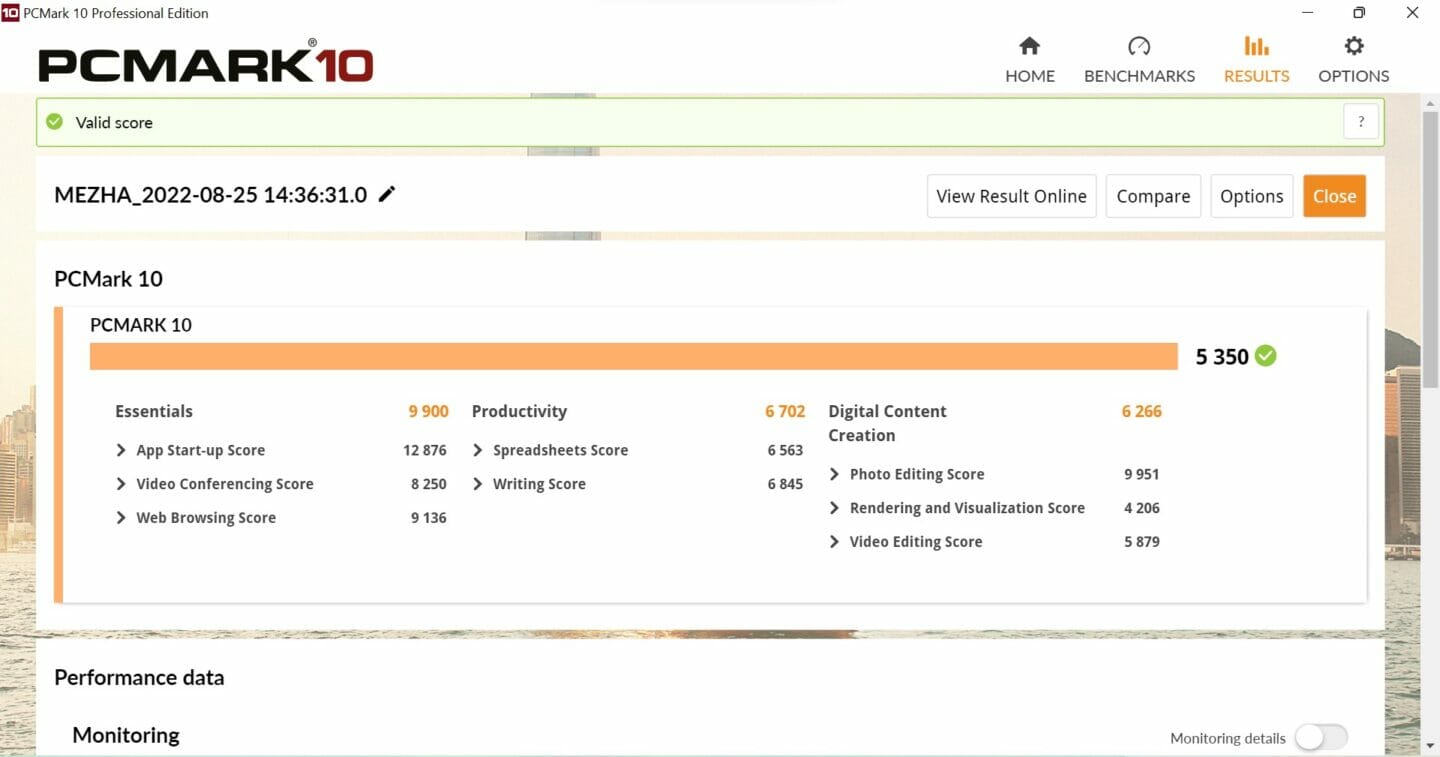
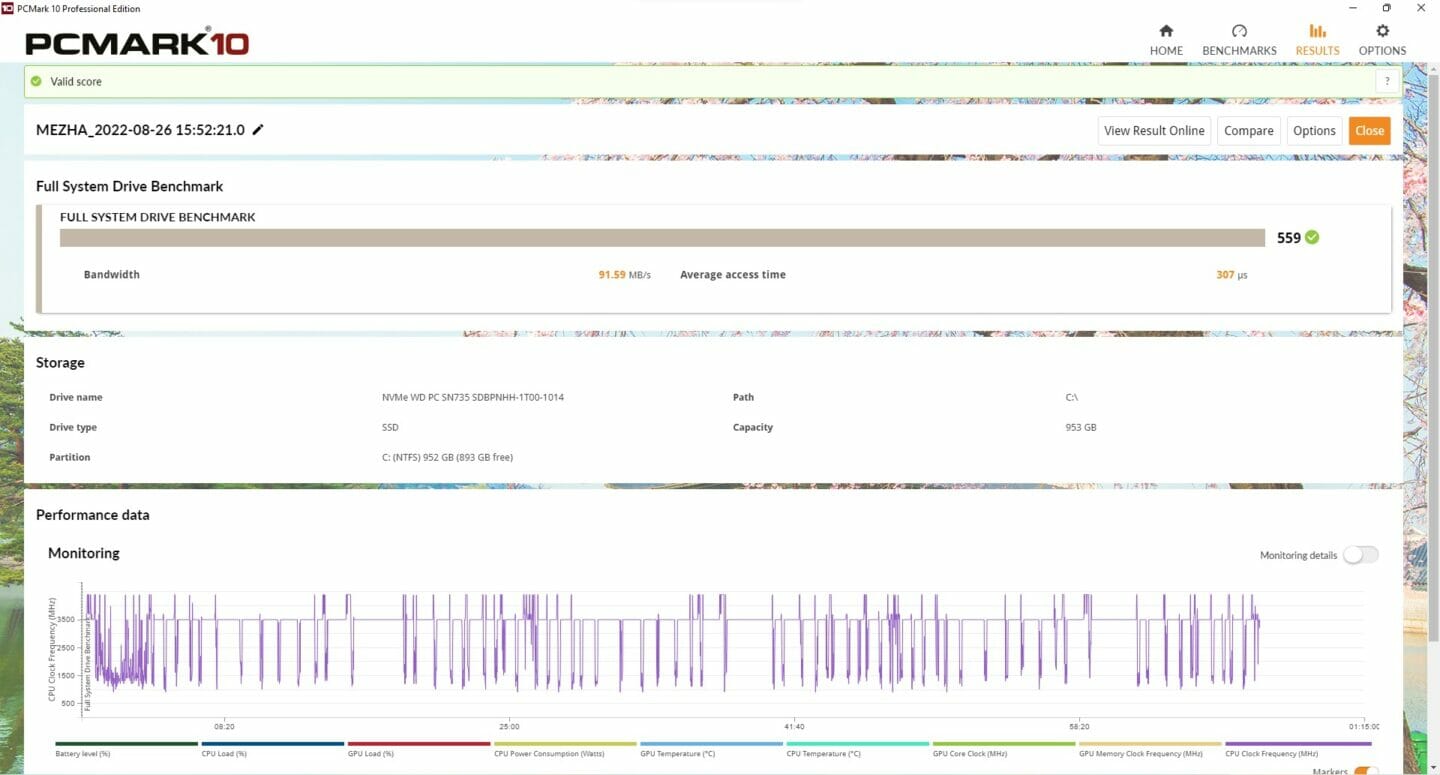
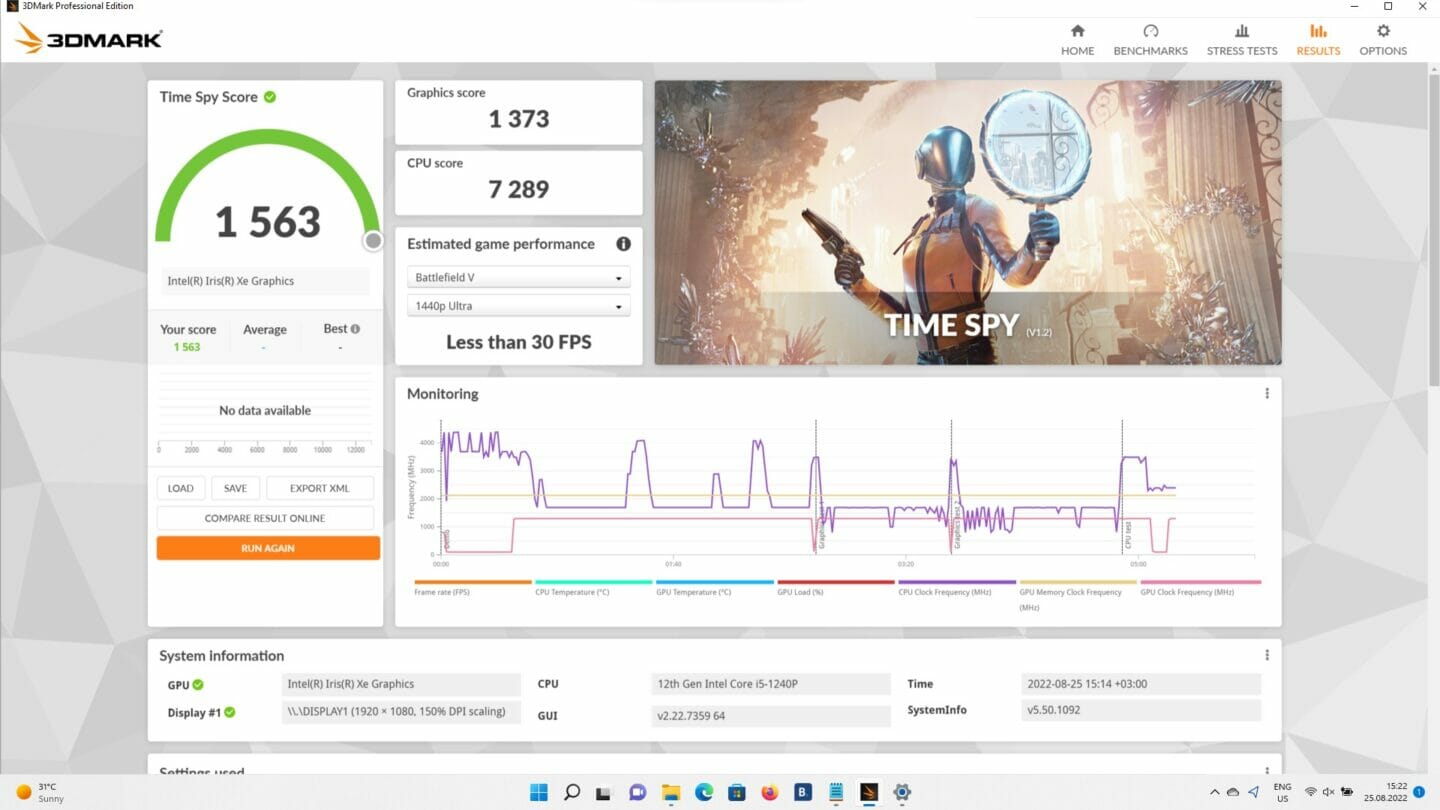

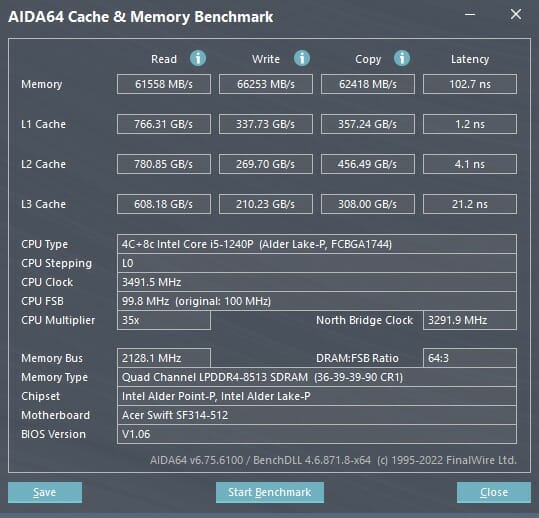
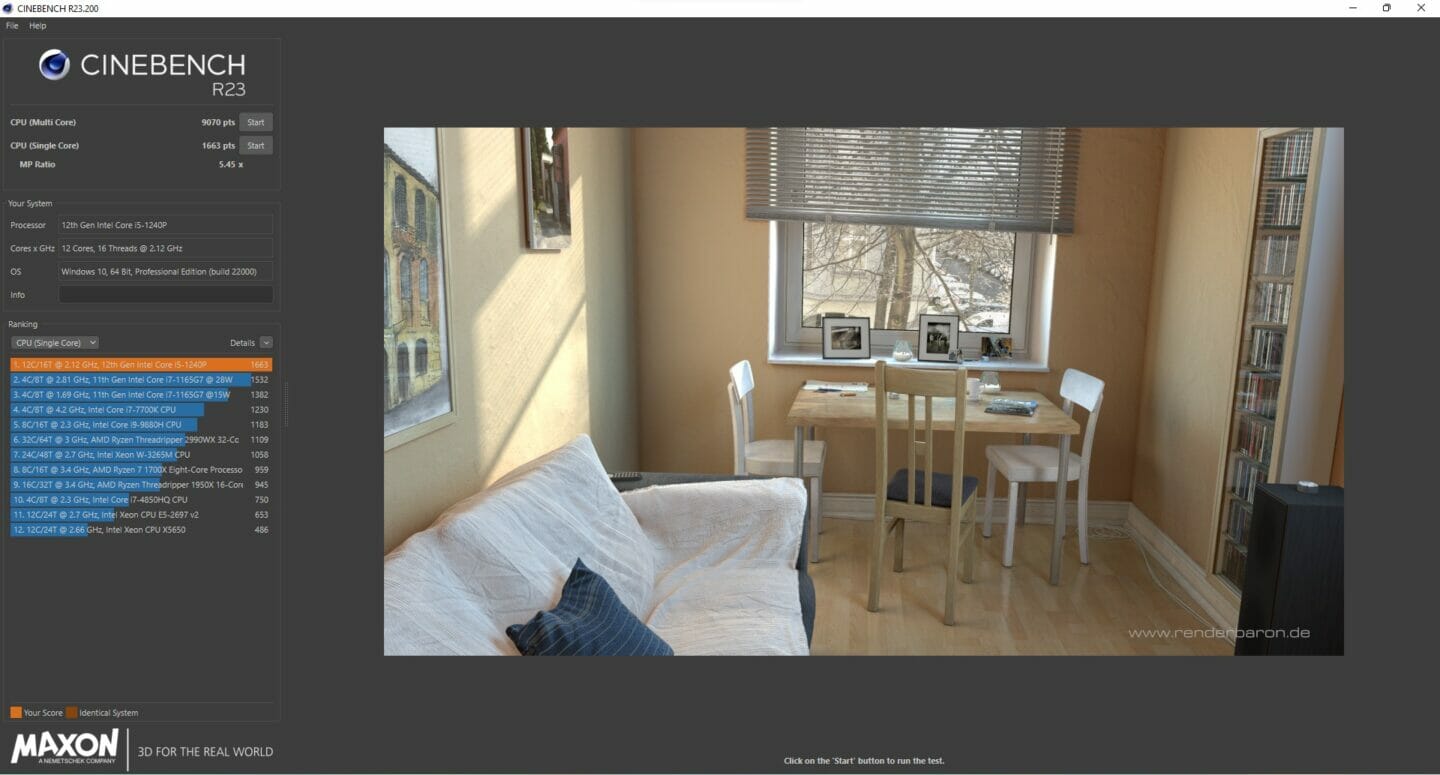
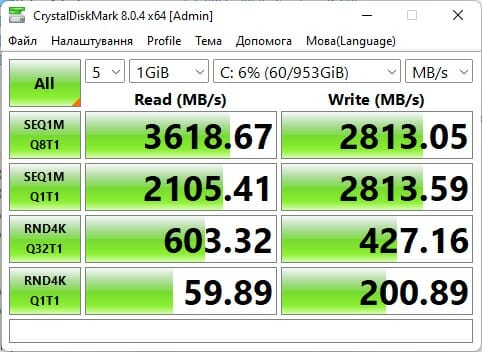
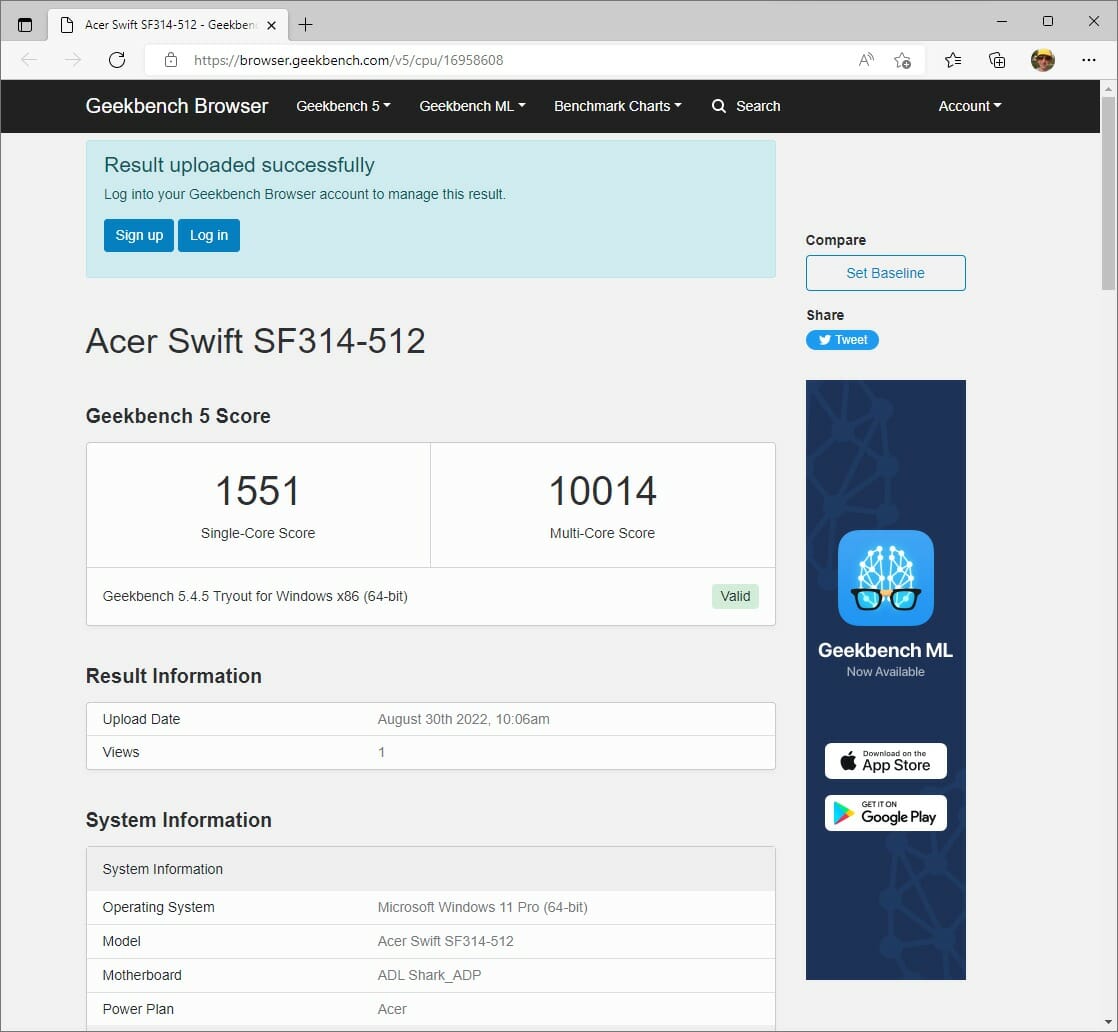
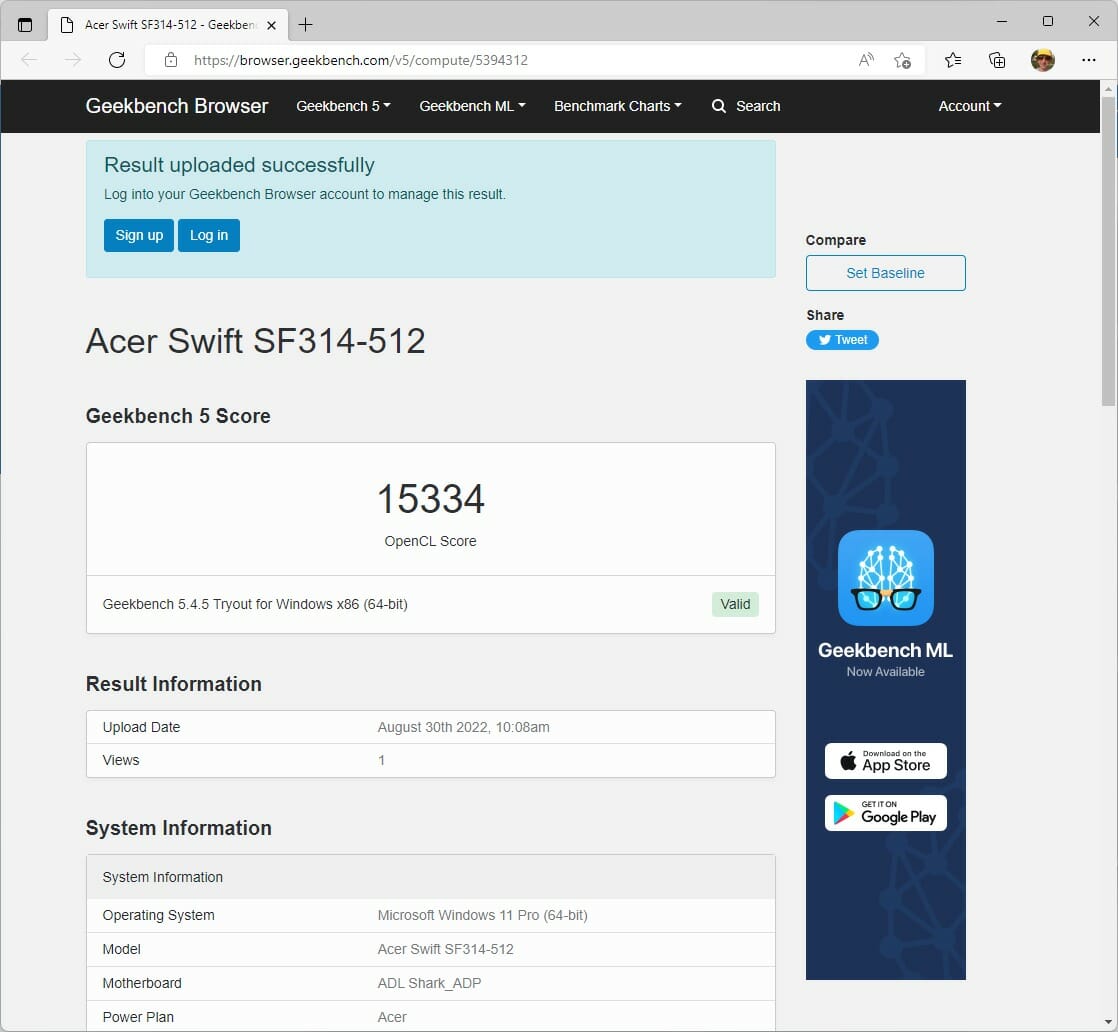
The Acer Quick Access utility allows you to choose between three cooling modes that directly affect system performance: Silent, Normal, and Performance (they can also be switched using Fn+F hotkeys).
We compared the performance of the system in them using the Cinebench R23 utility during the load on all cores. In Silent mode, the processor’s dedicated thermal package was 28 W, its temperature rose to 67 degrees, the productive cores worked on average at frequencies of 2.1-2.2 GHz, the noise level was low (~41 dB at a distance of 1 m from the laptop). In Normal, the thermal package increased to 30 W, the CPU temperature increased to 77 degrees, the frequencies of all cores increased to 2.3 GHz, and the noise level increased to 43 dB.
Cinebench R23 rating
Mode
TDP value, W
CPU frequency
CPU temperature
single core
all cores
Silent
28
2.1-2.2
74
1659
8820
Normal
30
2.2-2.3
78
1663
9070
Performance
25
2.3
71
1662
9431
With the Performance mode, things are more complicated. The result in Cinebench R23 in the multi-core test shows an increase in performance, but at the same time, in the long-term load of the HWInfo64 utility, it shows the same average values of frequencies, and the thermal package and temperature are even lower than in Silent mode. The stress test for stability in AIDA64 clarifies the situation. It becomes clear from the graph that the system during a long 100% load on all cores periodically significantly reduces the processor frequencies to keep the temperature within normal limits.
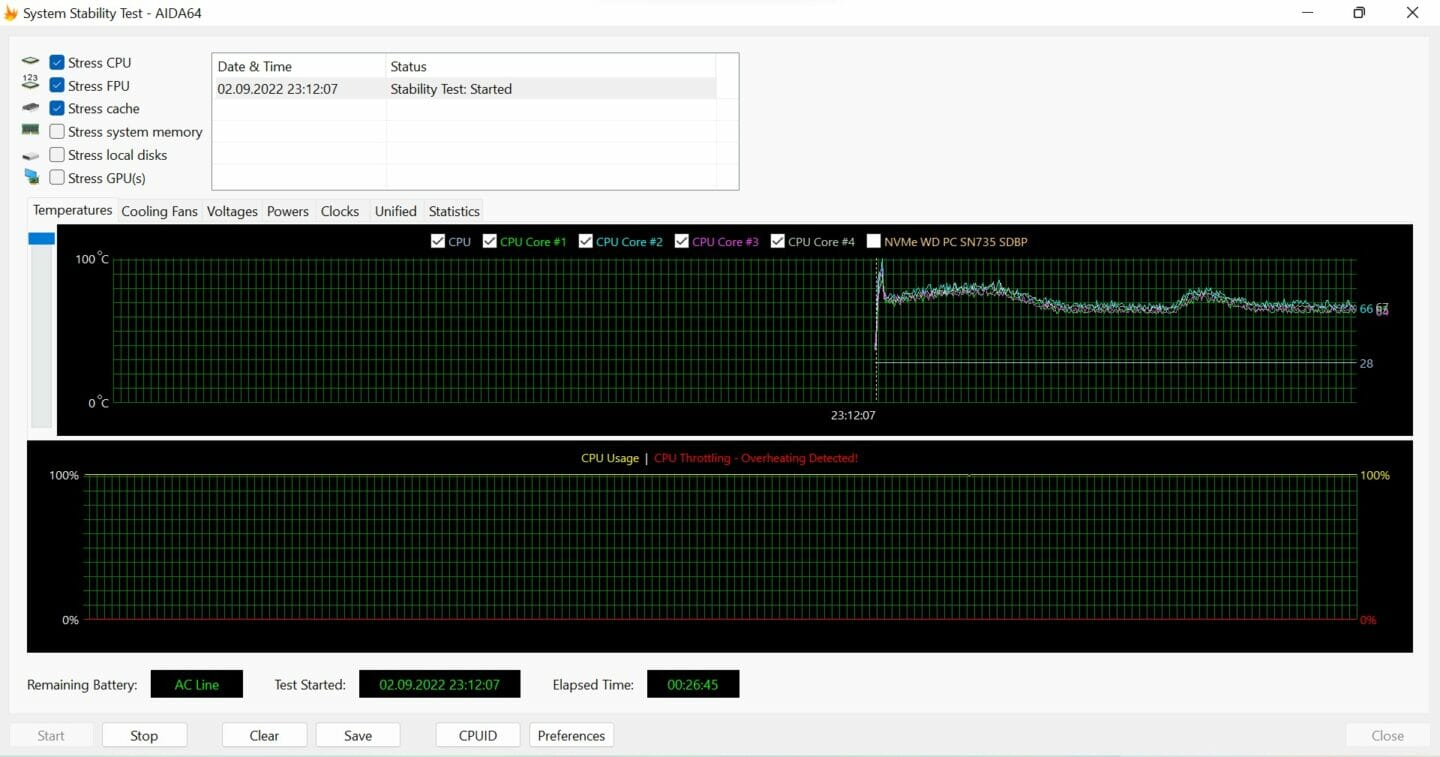
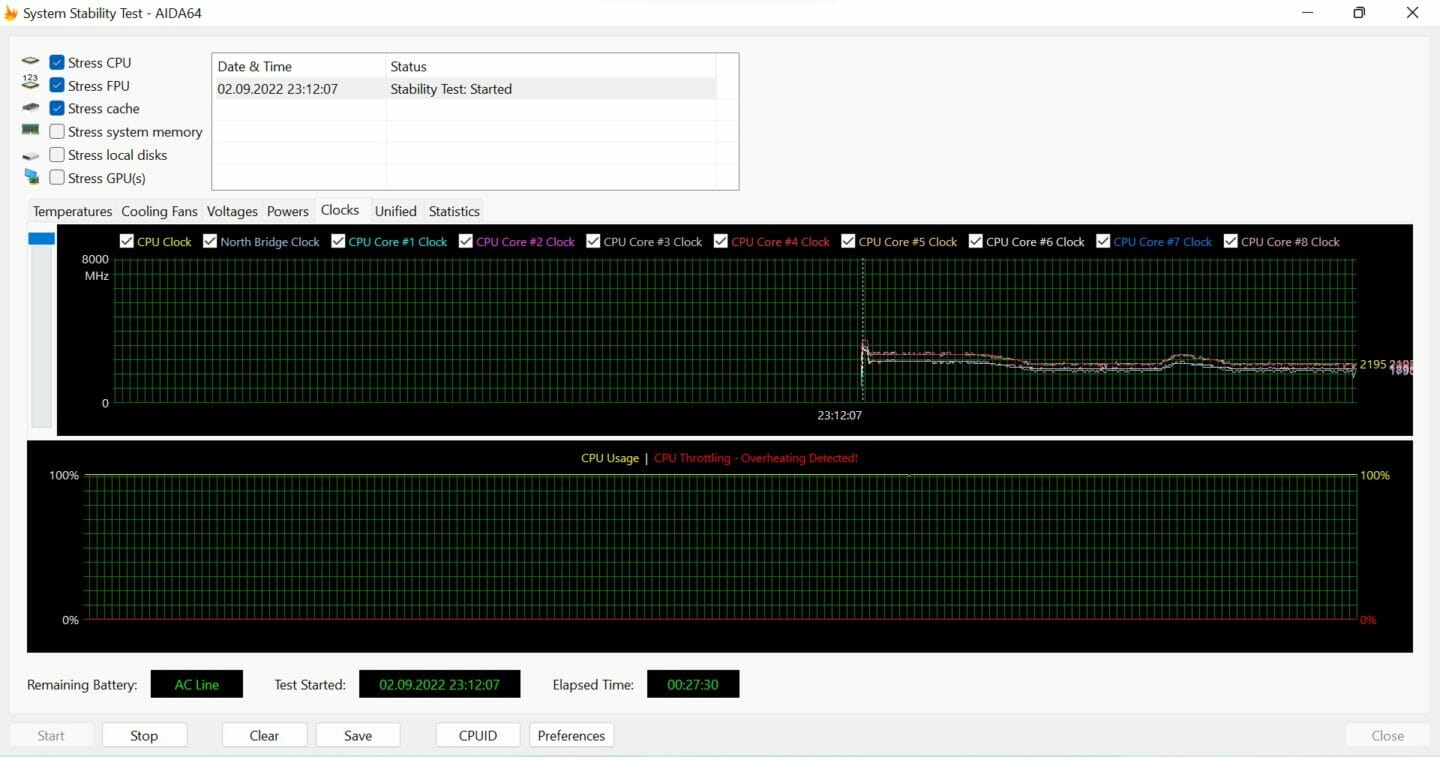
A similar situation with the results in multi-core tests was also in the 3DMark CPU Test benchmark (from left to right — Silent, Normal, Performance):
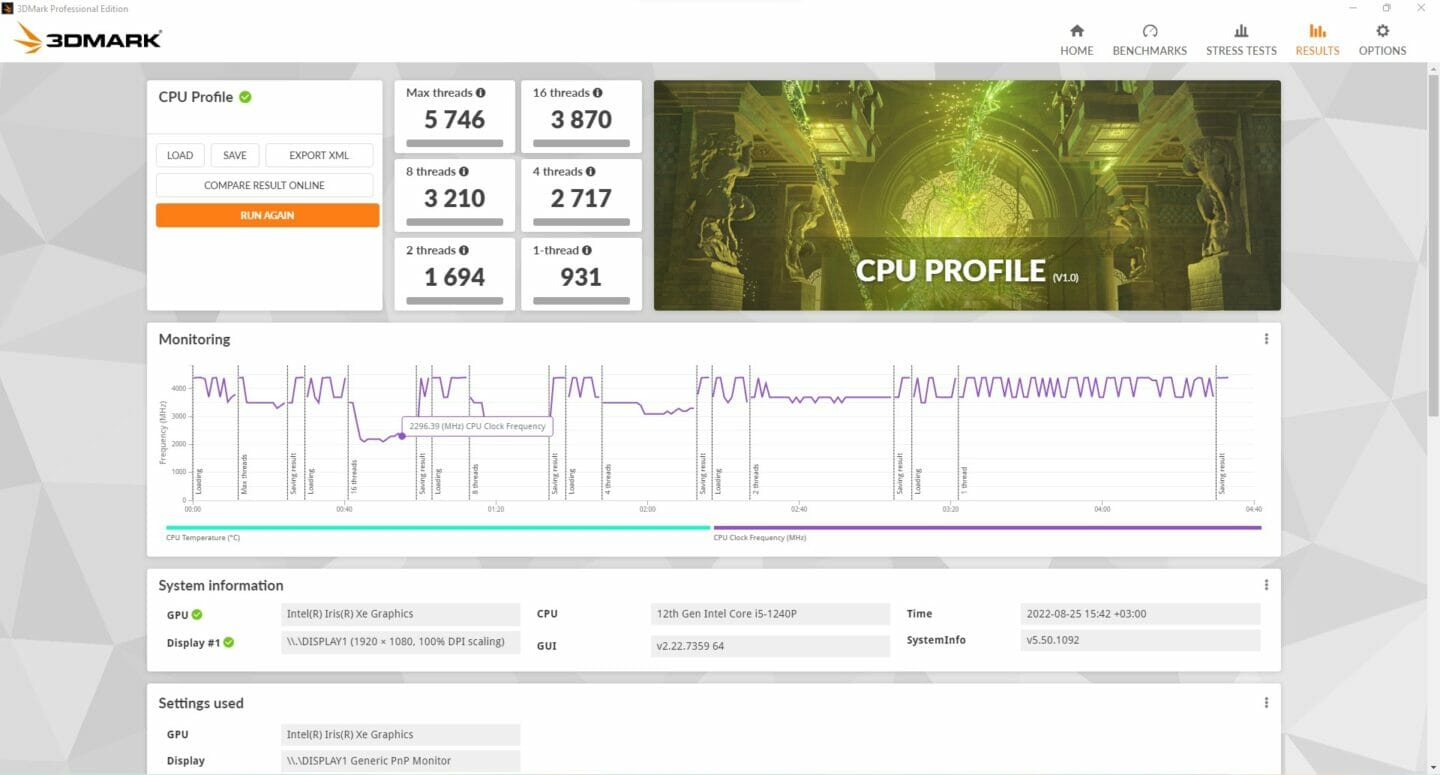
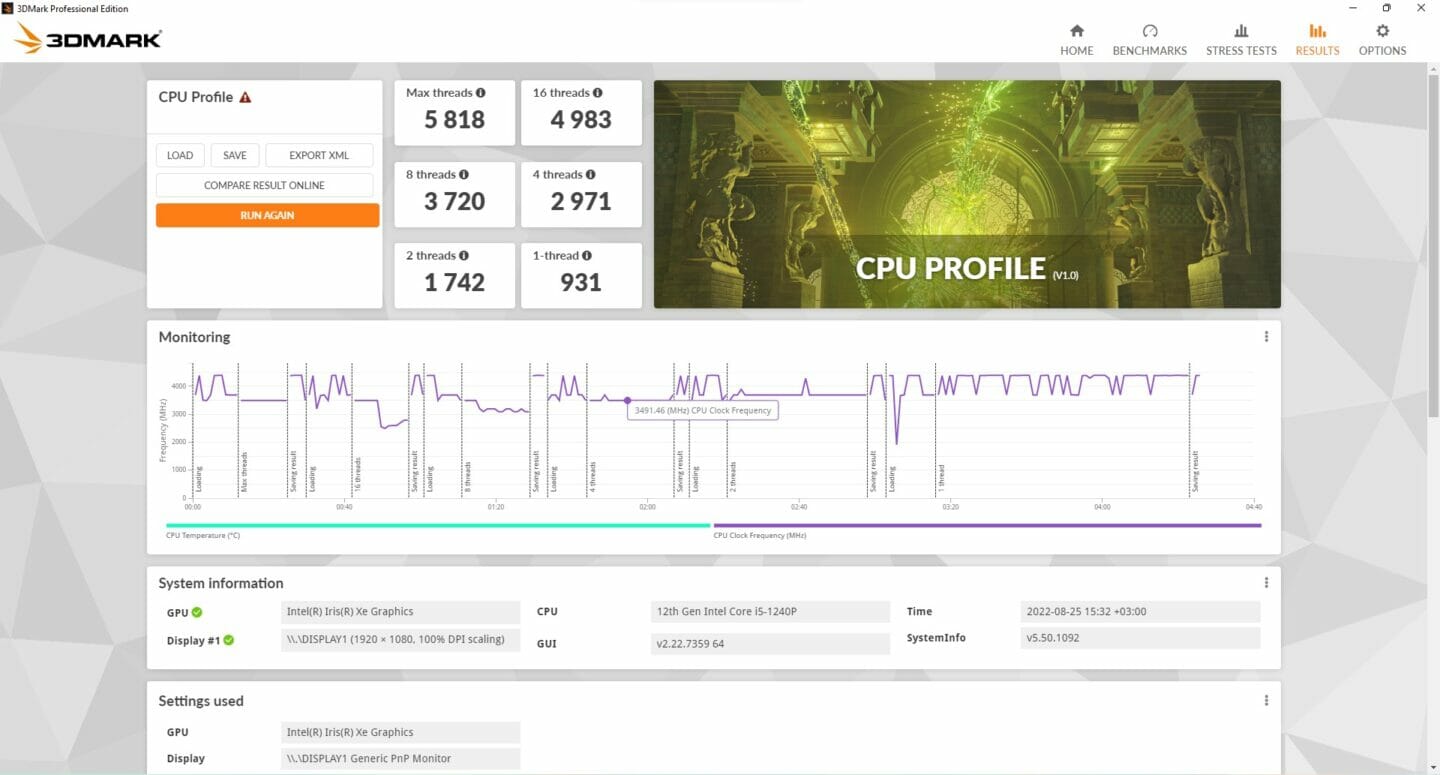

Therefore, it can be assumed that the Performance mode makes sense in the case of relatively “quick” calculations, and for longer tasks (half an hour or more) you can stay in the Normal mode. With all that, as we can see from the test results, the difference between all three modes is relatively small, so the choice of modes will not have a significant impact on the overall performance of the system. It should also be noted that the Acer Swift 3 is not positioned as a laptop for heavy computing, so this behavior in Performance mode is rather just an interesting nuance.
Given the lack of discrete video, the laptop’s gaming performance is more of a theoretical question, but it’s still worth checking out what Intel Iris Xe is capable of now. As you can see, even at low graphics settings, it will be problematic to play more or less modern games in the native screen resolution — the average speed in most cases does not reach 30 fps.
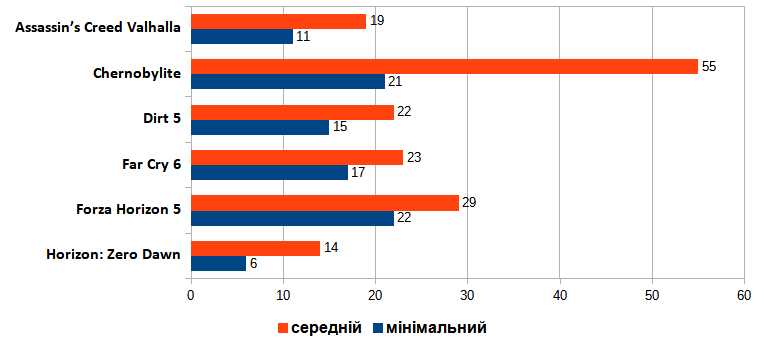
If you lower the resolution to 720p, the situation improves, and not very “heavy” games can show an average fps at the level of 30-40 fps.
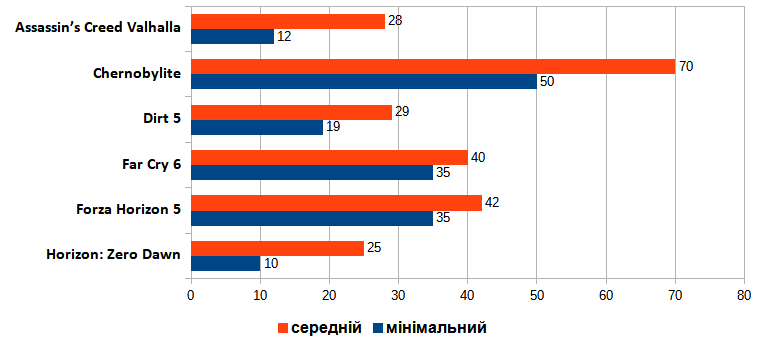
Battery life
The laptop is equipped with a 56 Wh battery – not a lot, but the Acer Swift 3 shows excellent battery life, in some usage scenarios even better than the Acer Swift X with the same processor and a slightly larger battery (59 Wh). So, at a brightness level of 120 cd/m² in the PCMark 10 benchmark battery test in the “idle” mode, the laptop “lasted” for 14.5 hours (about the same as the Swift X in our last review). However, in simulated office use and video viewing, the Swift 3 far outpaced its predecessor, lasting nearly 11 hours in both cases, about two hours longer than the Swift X.
